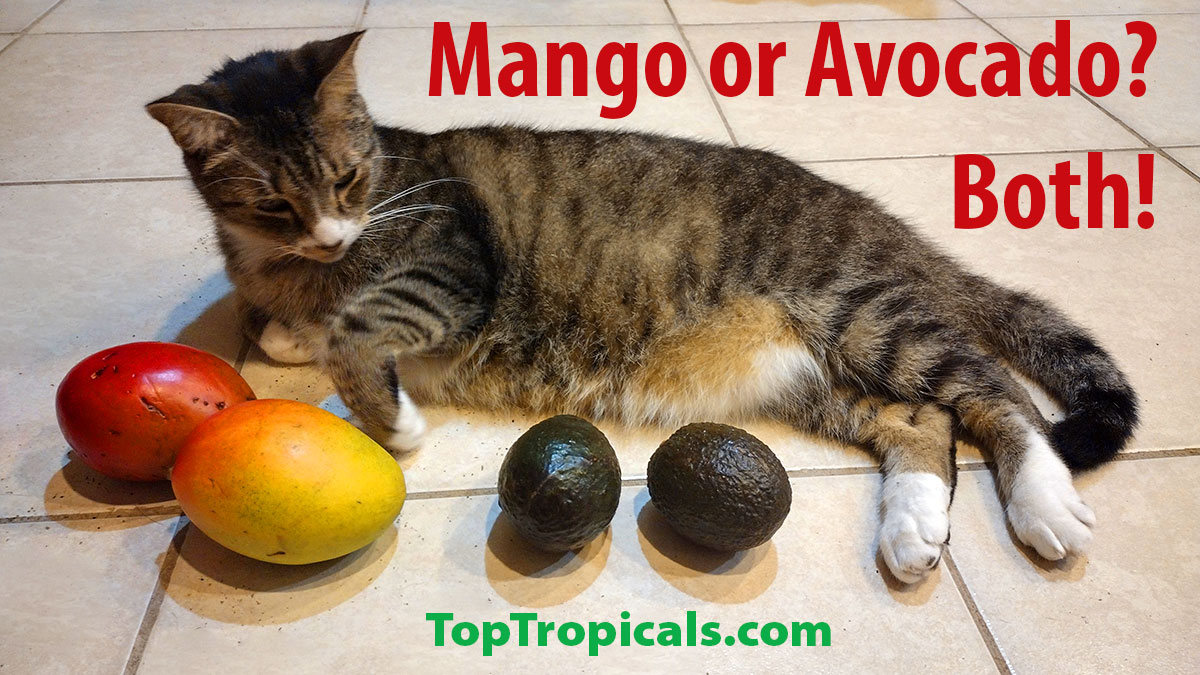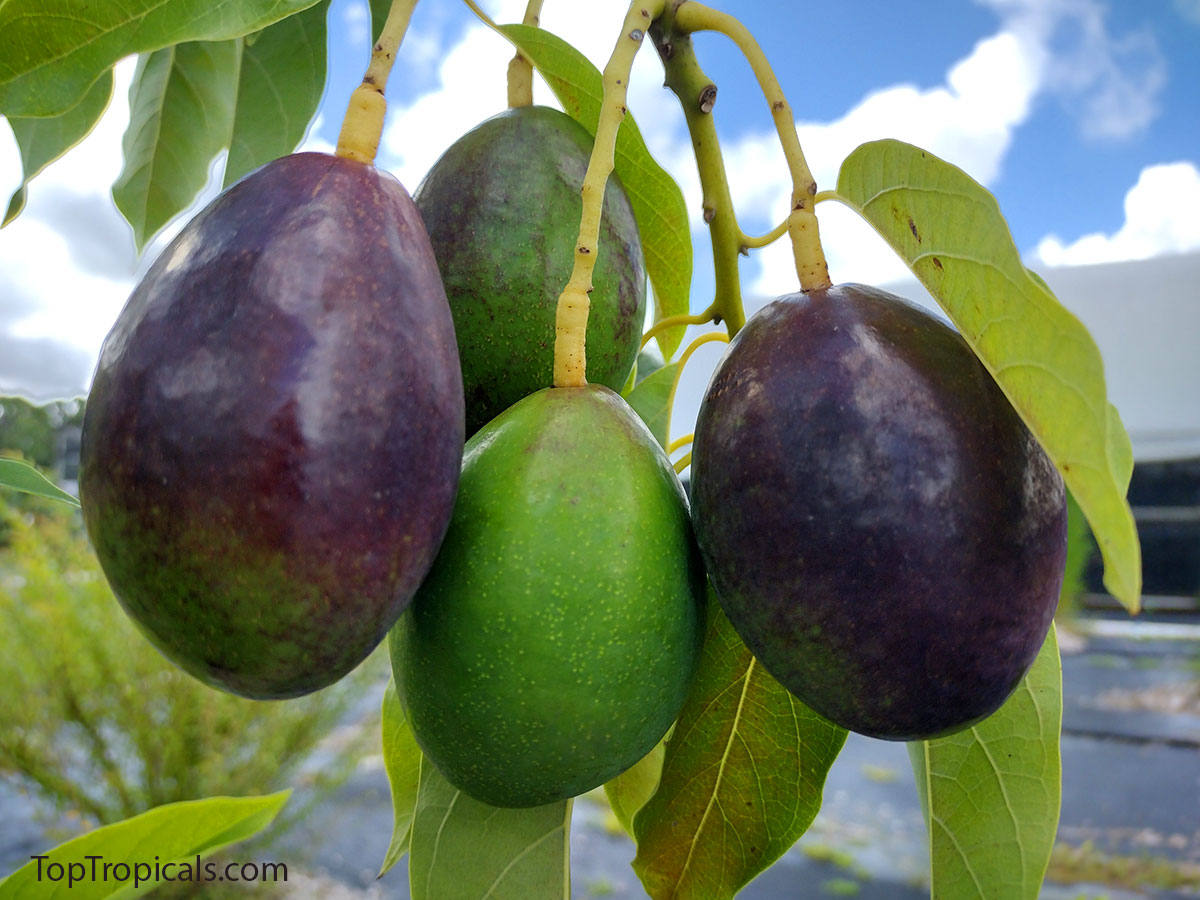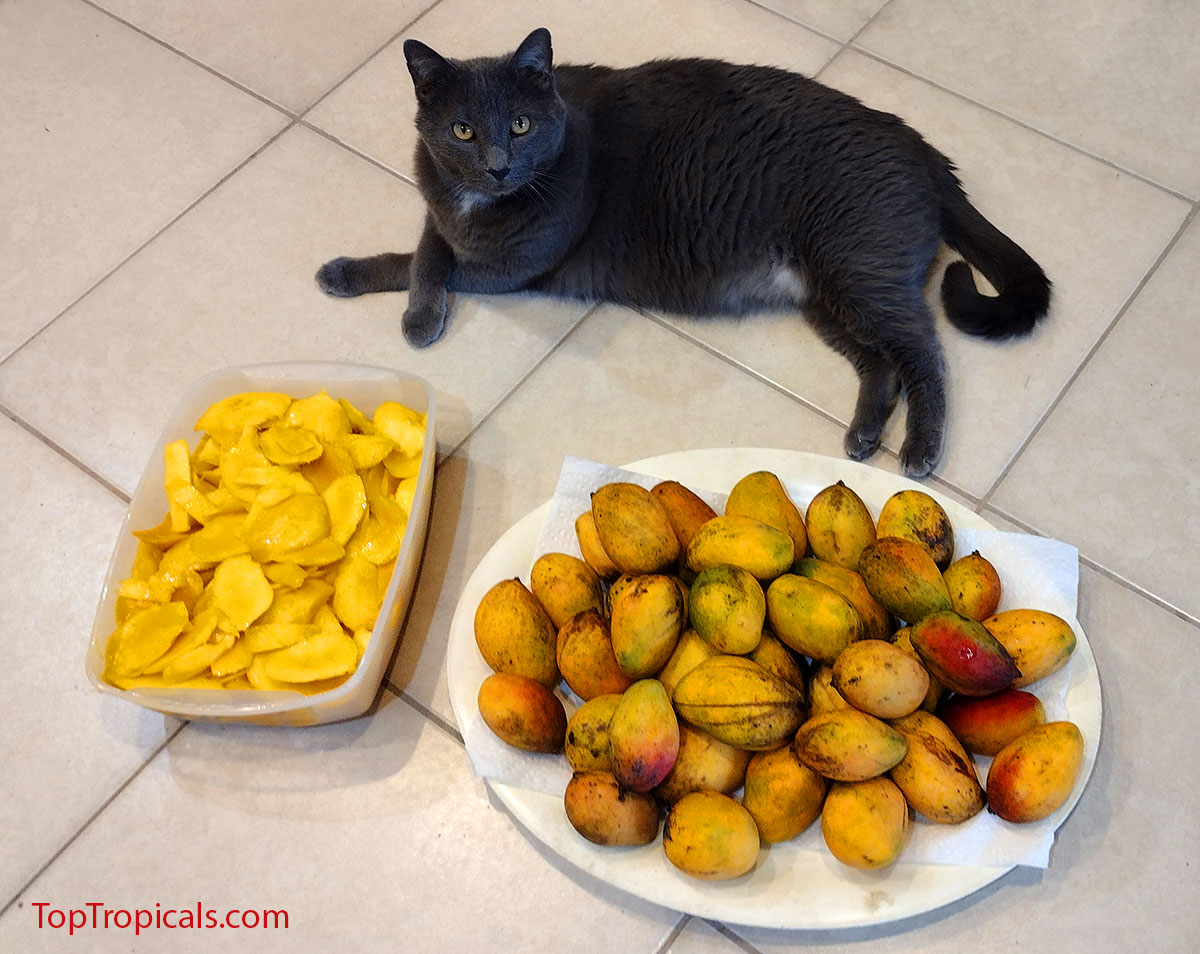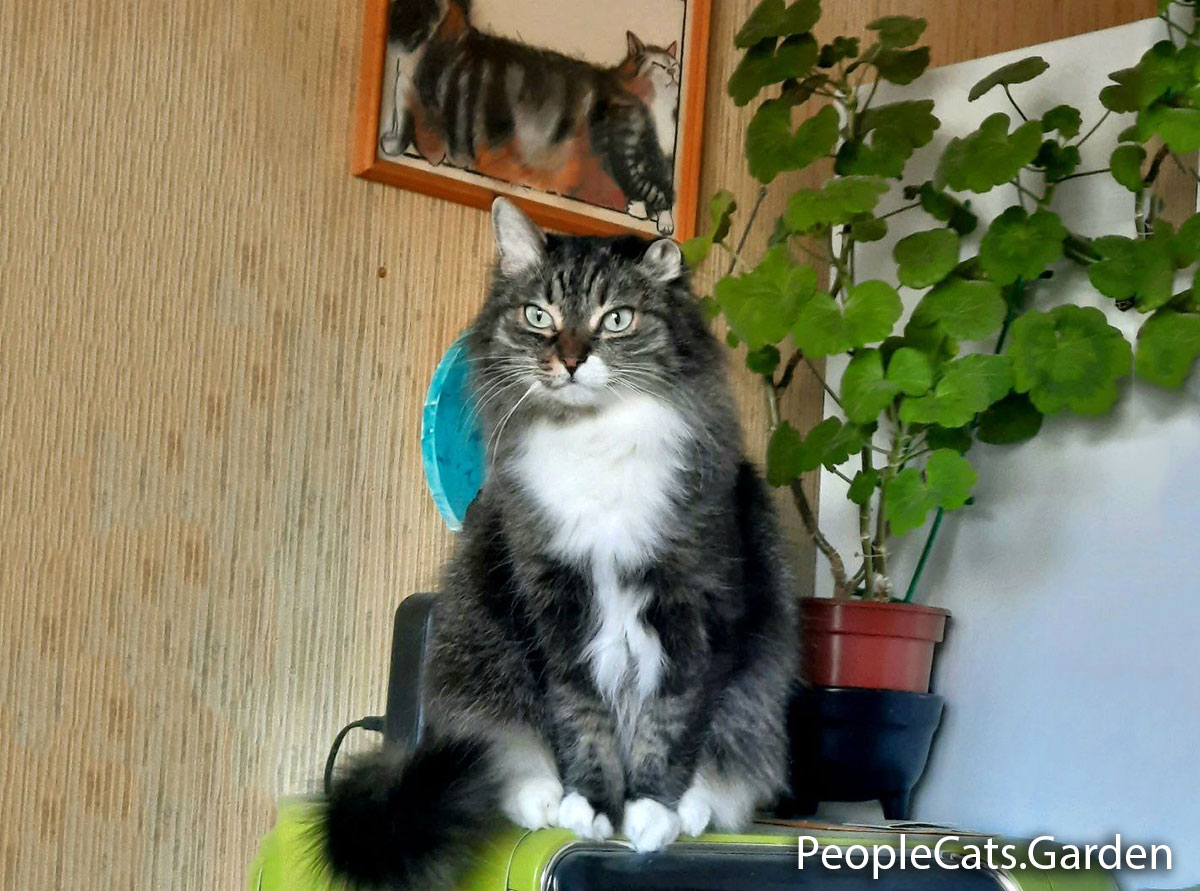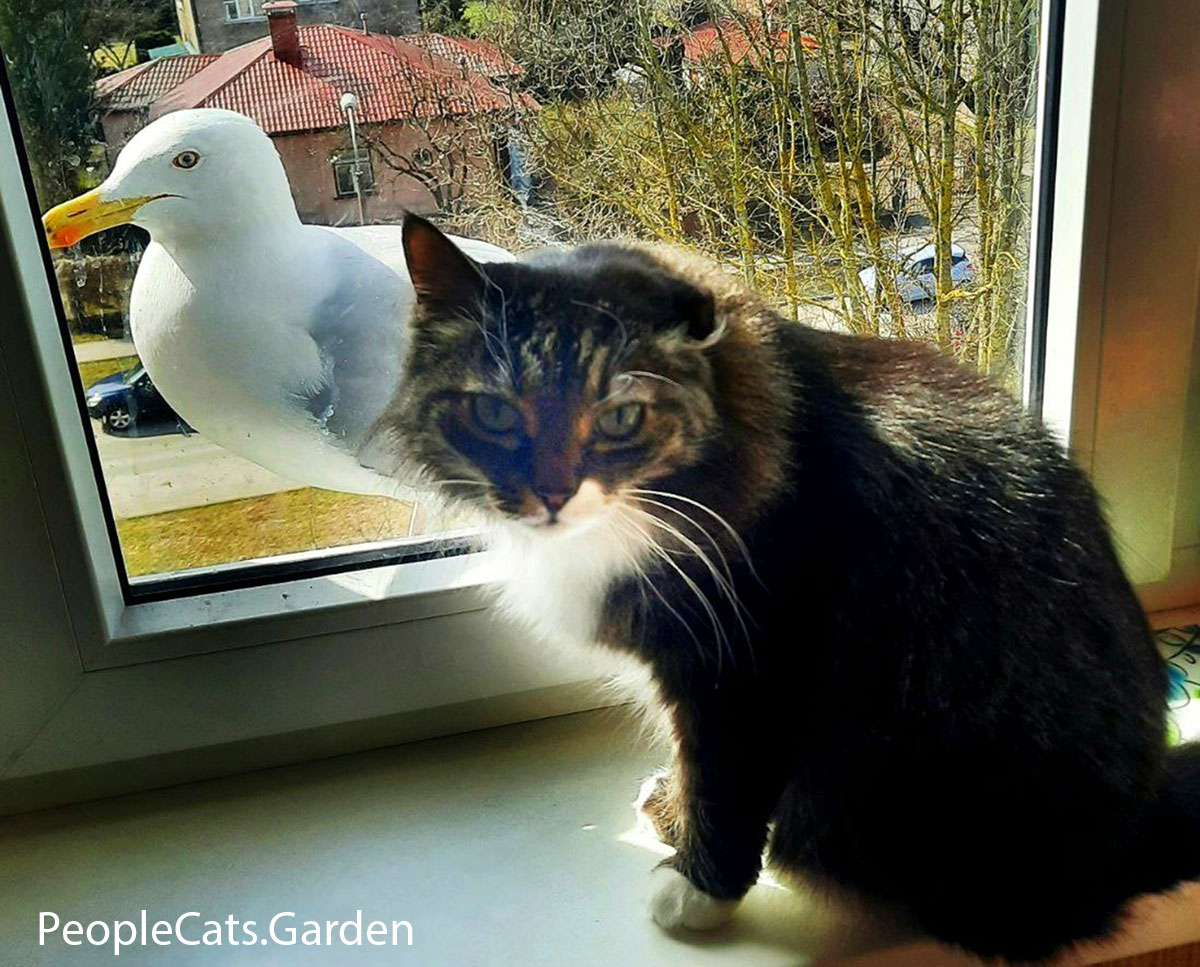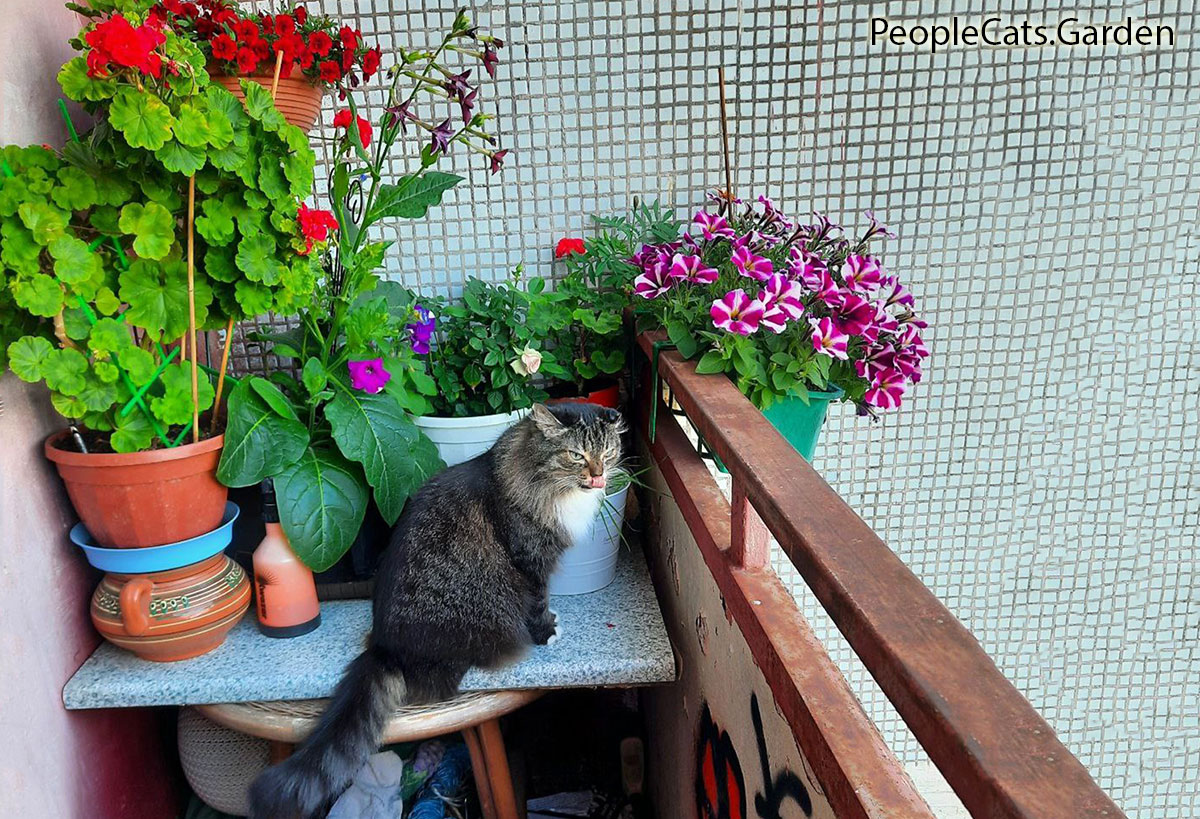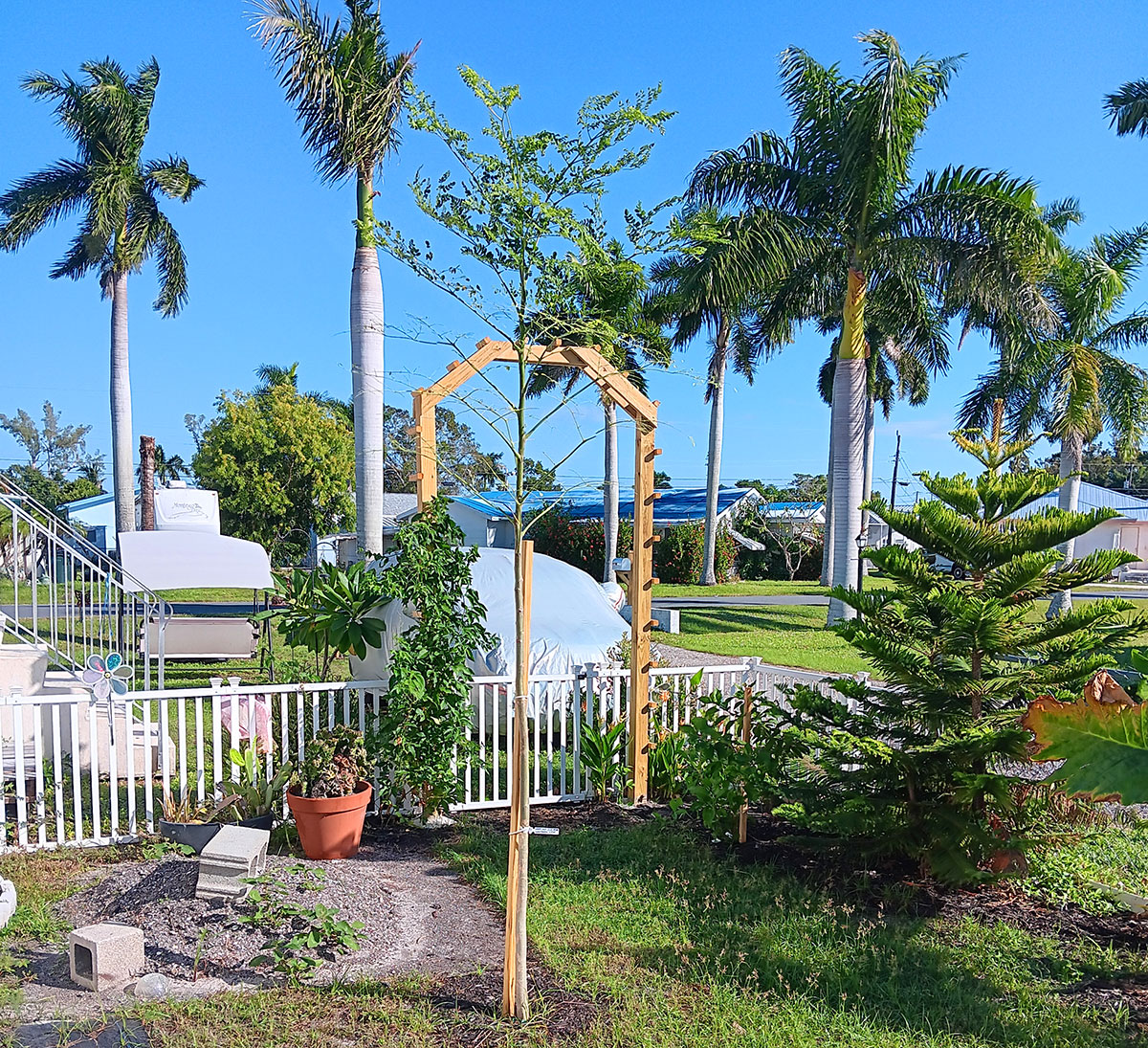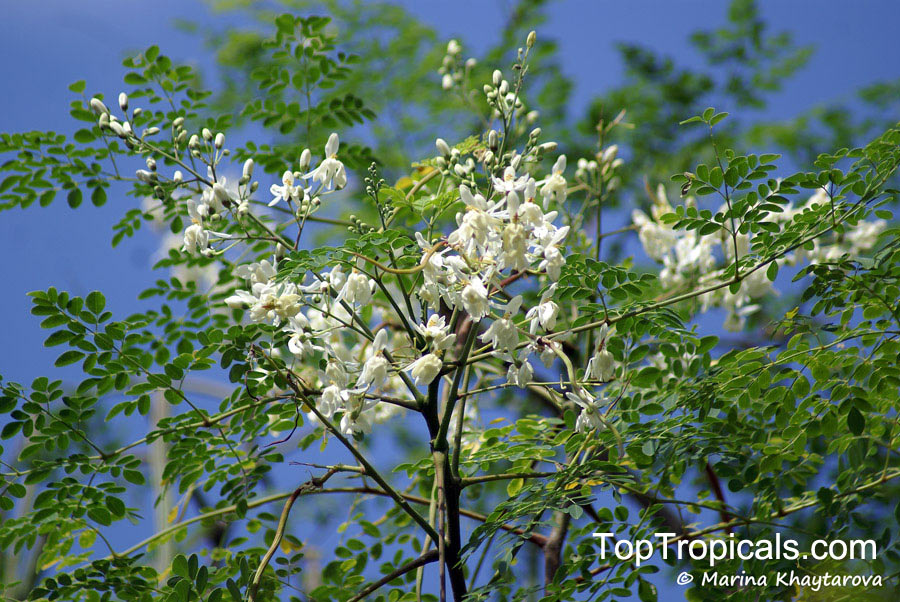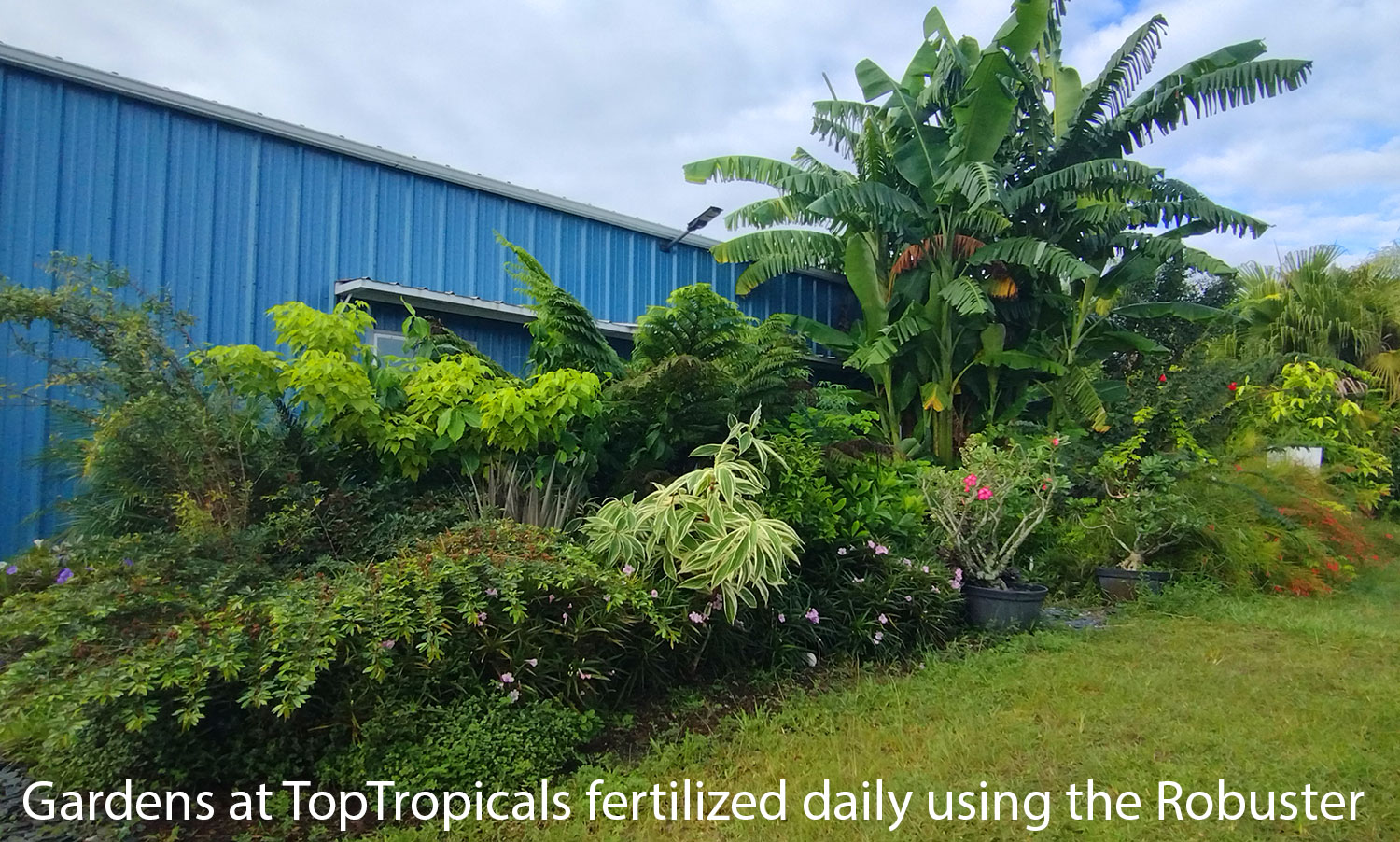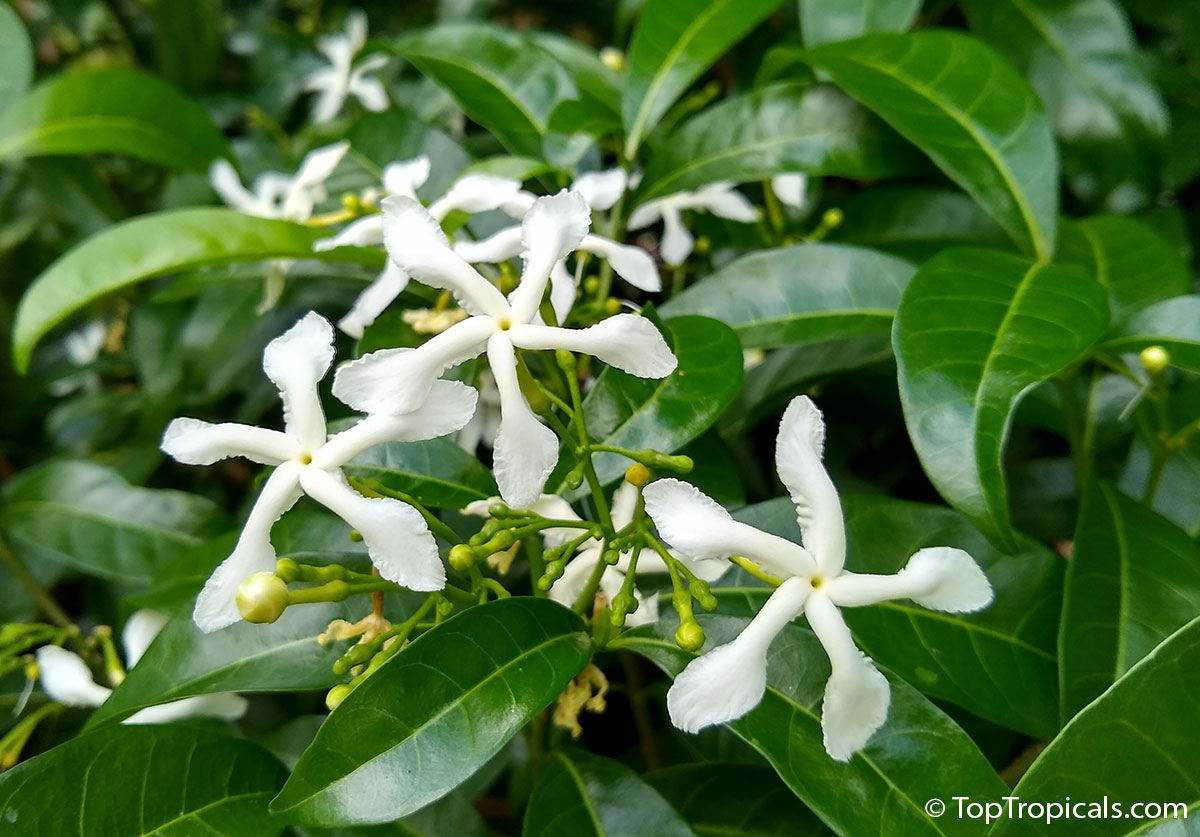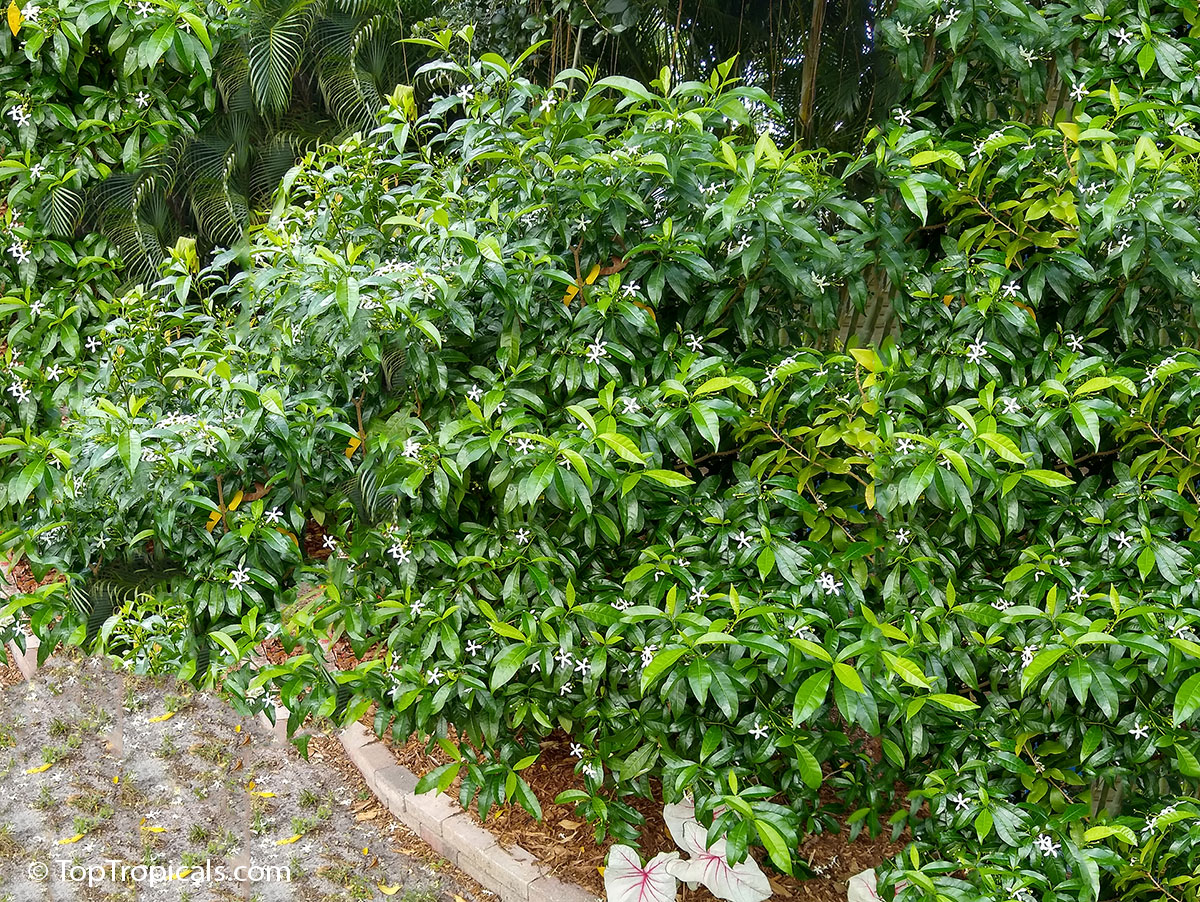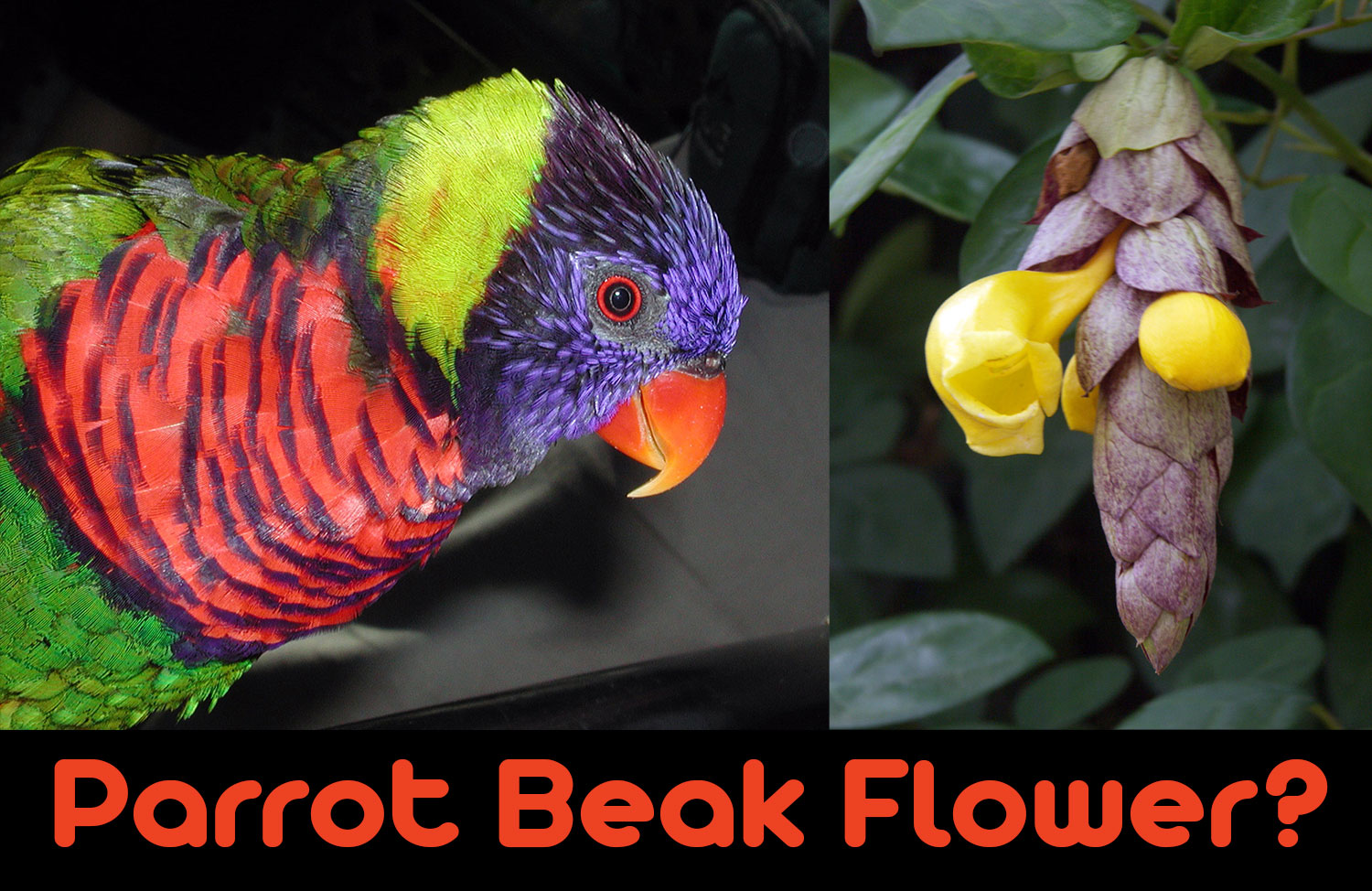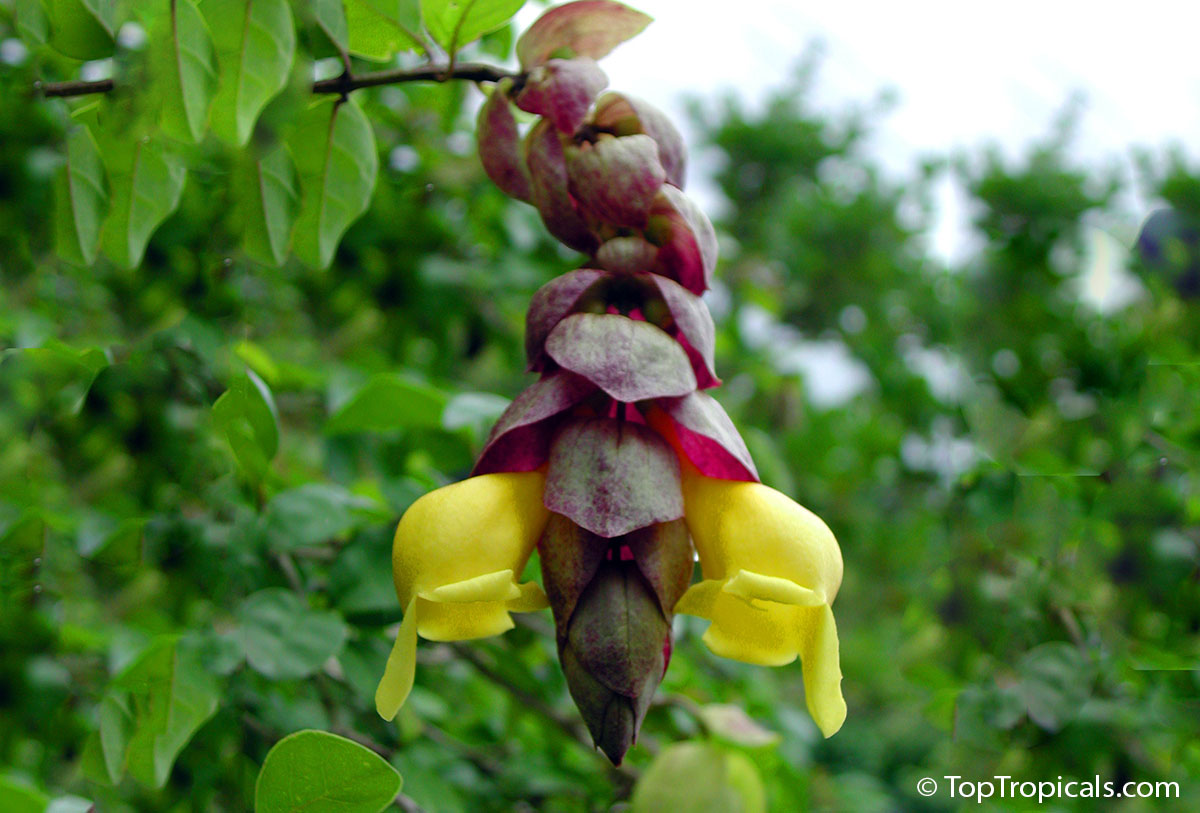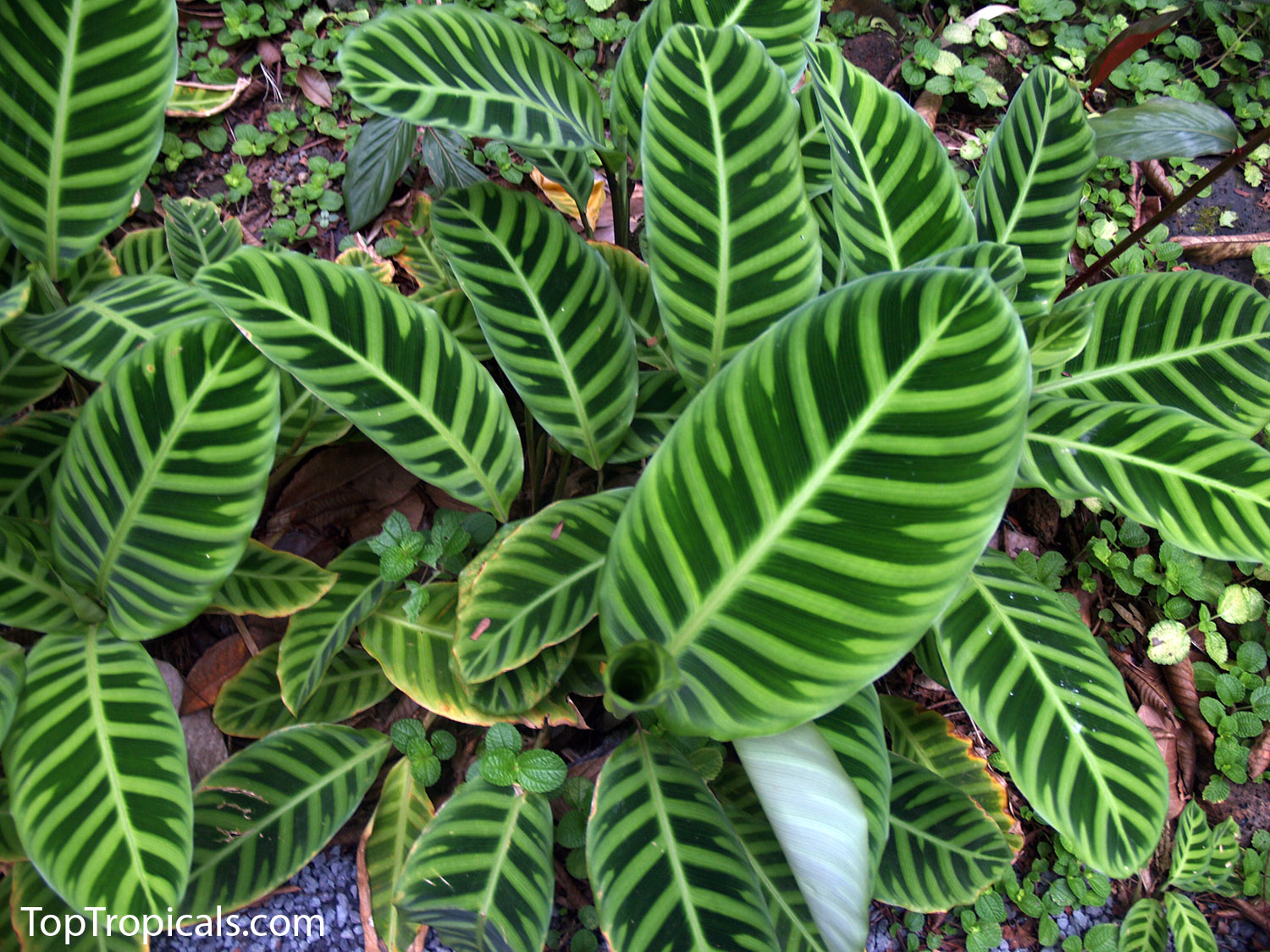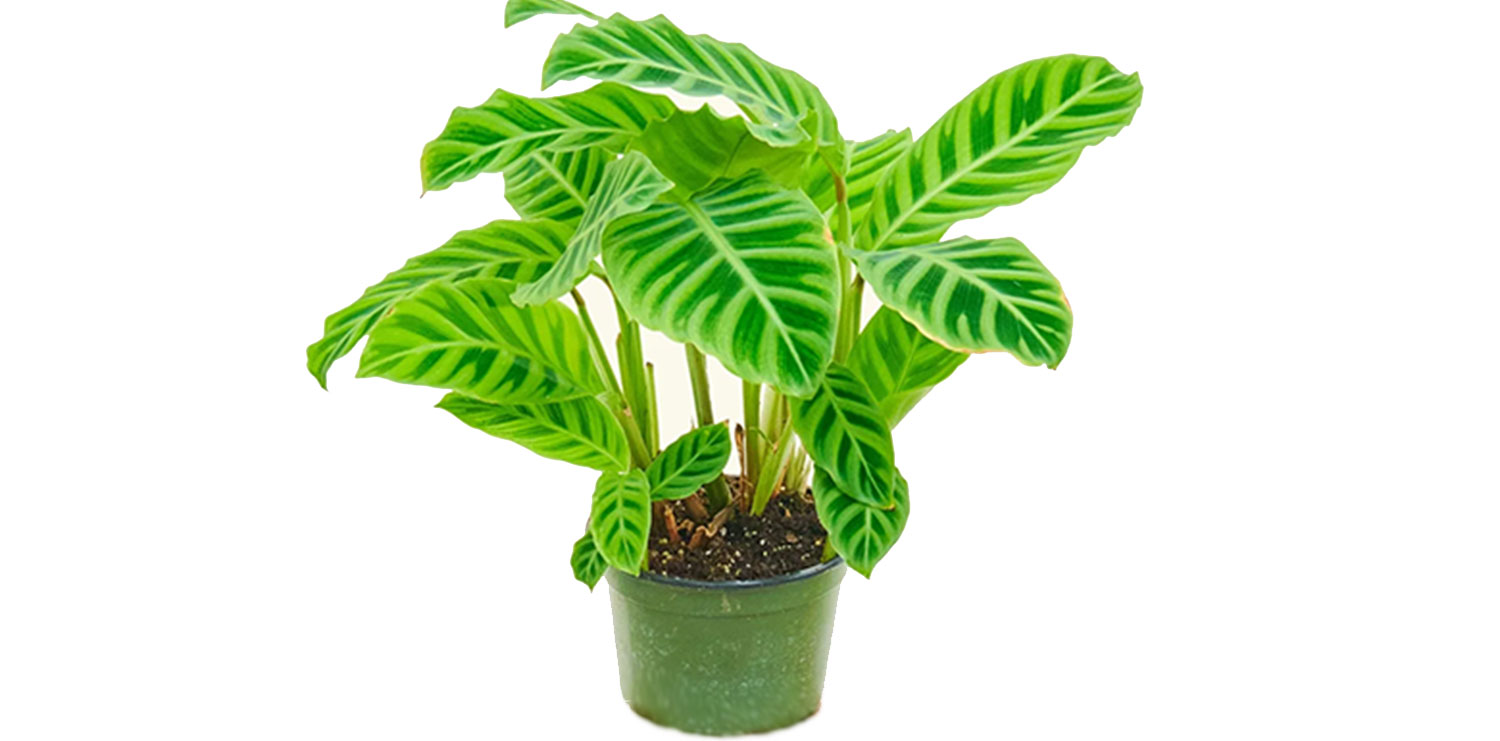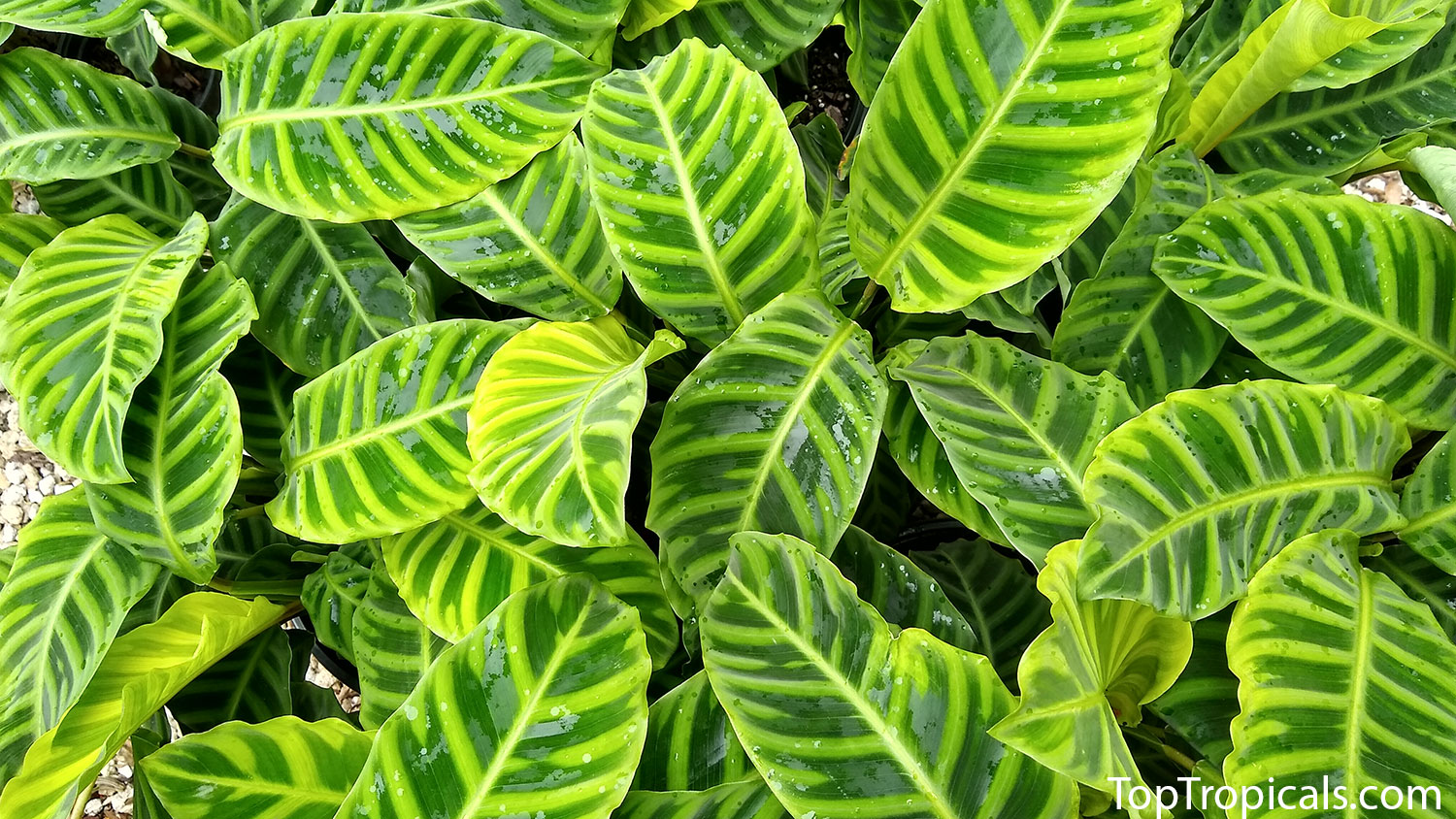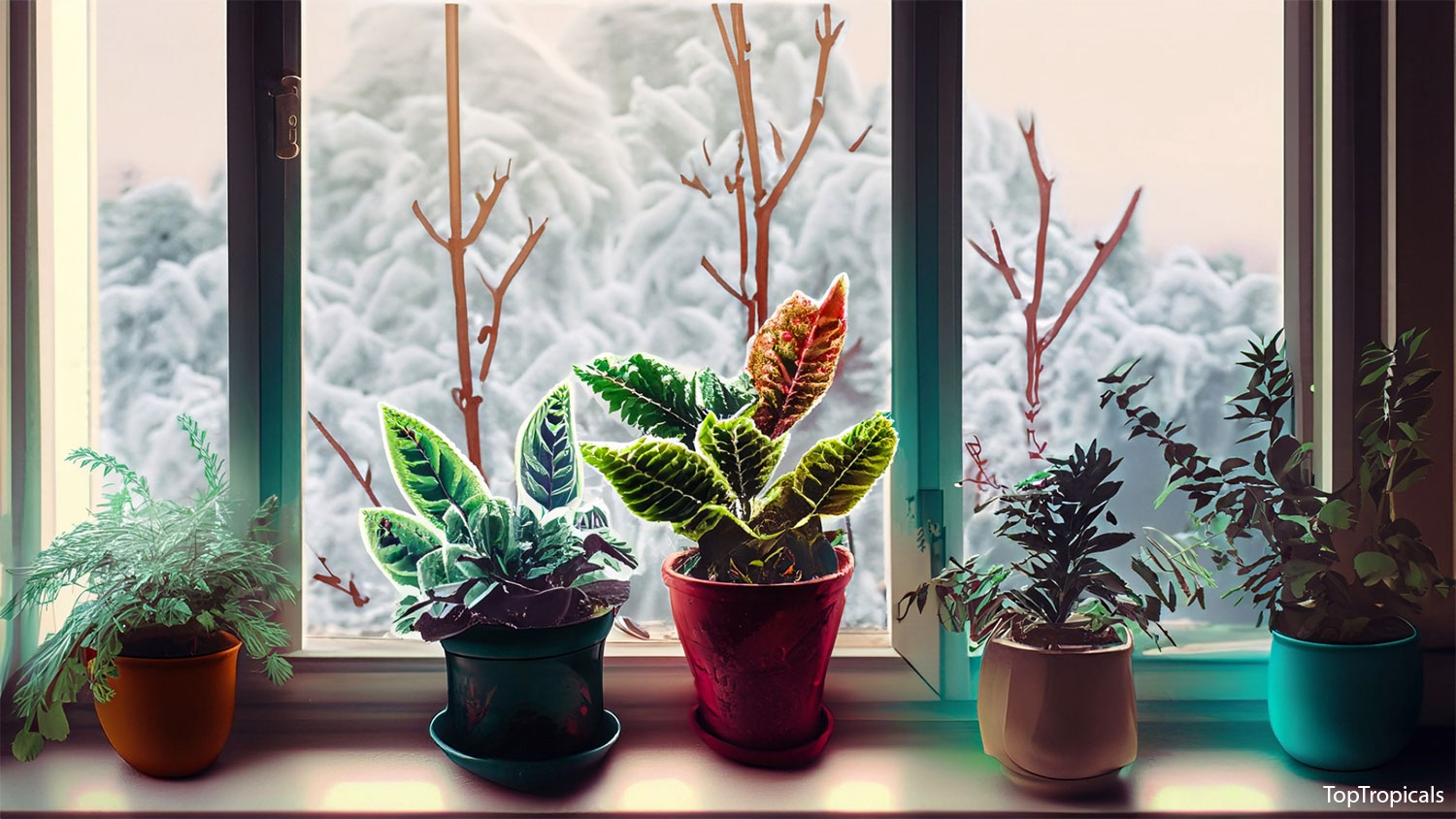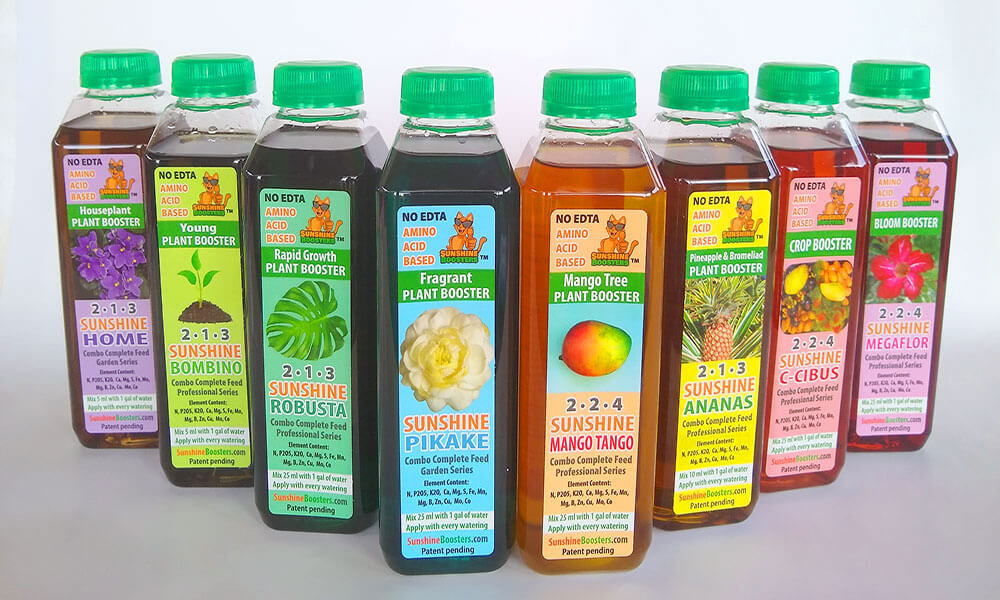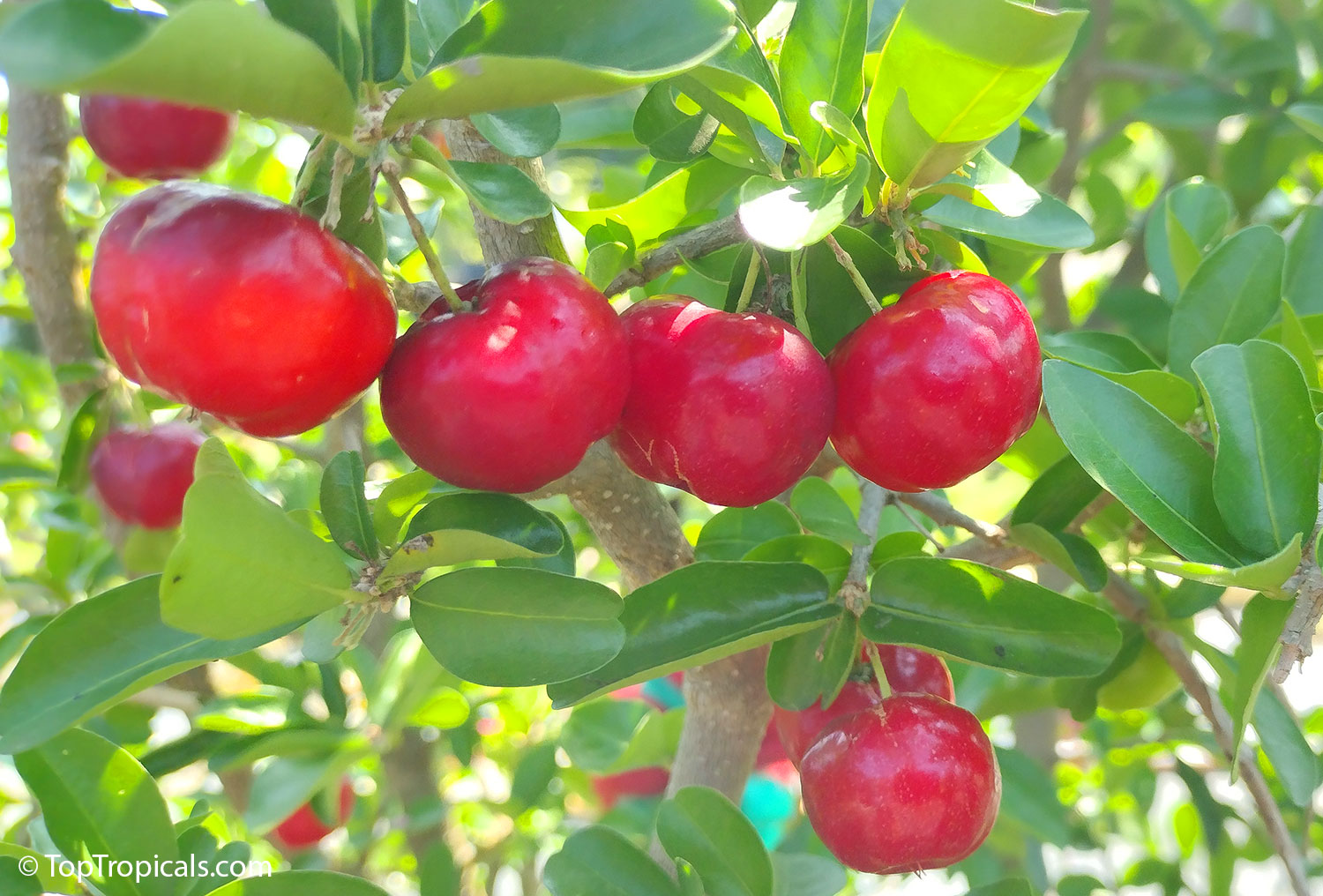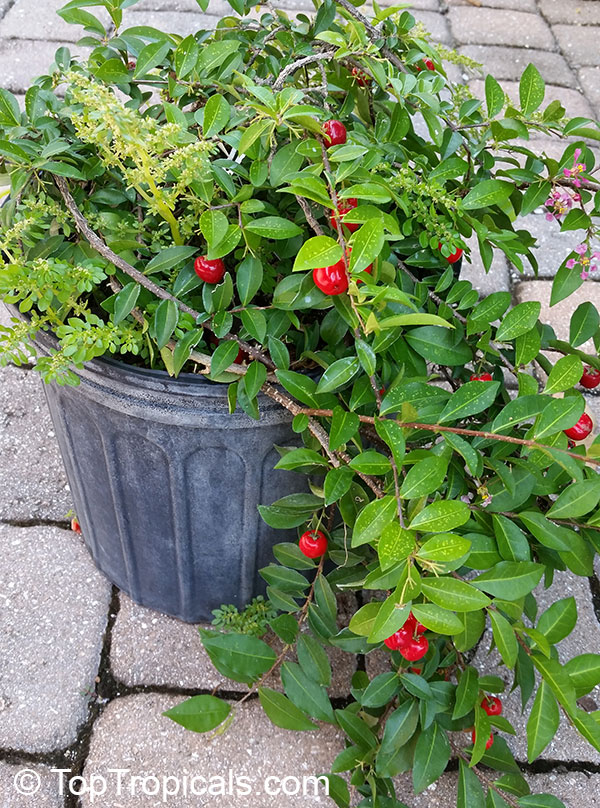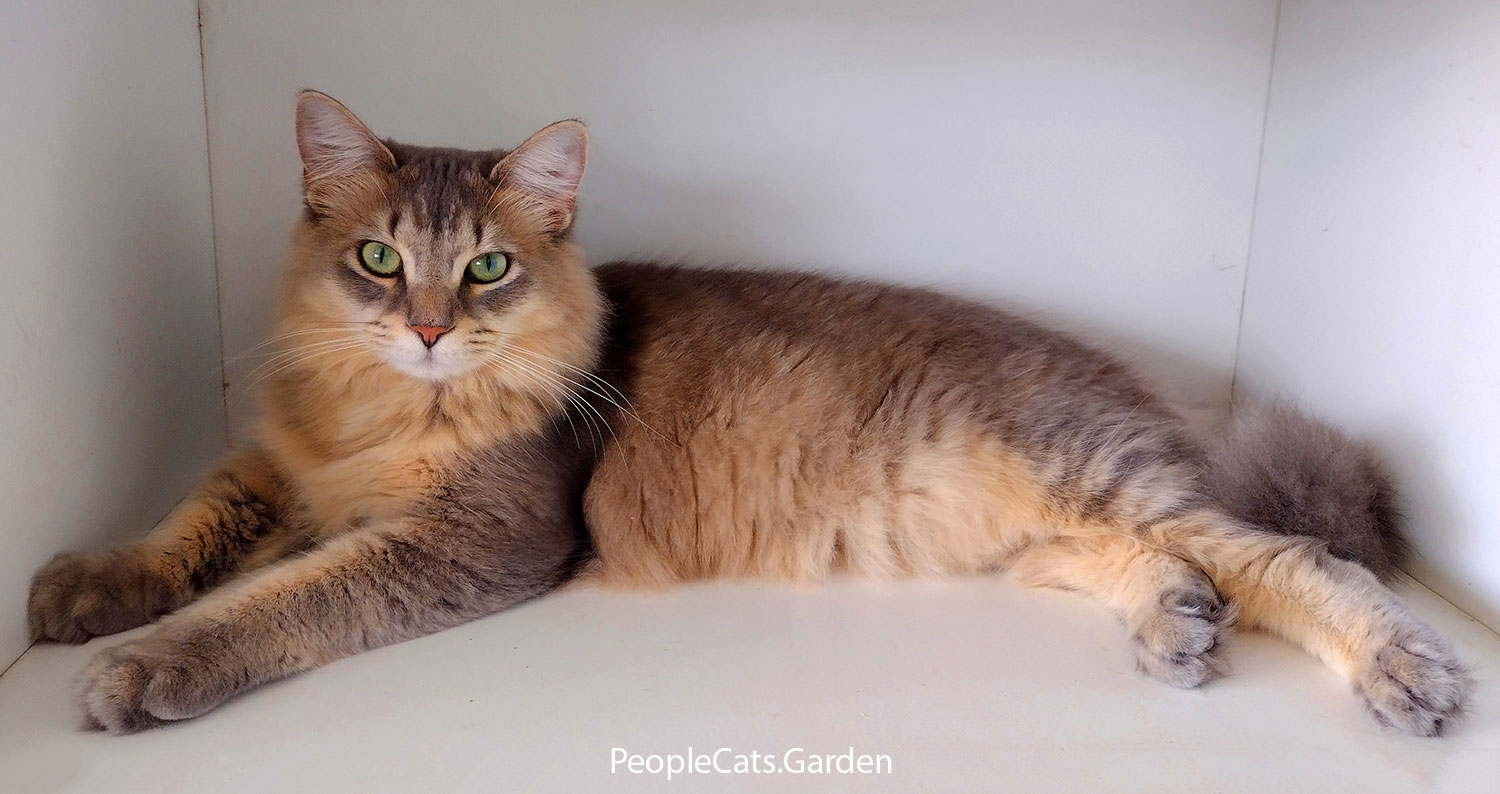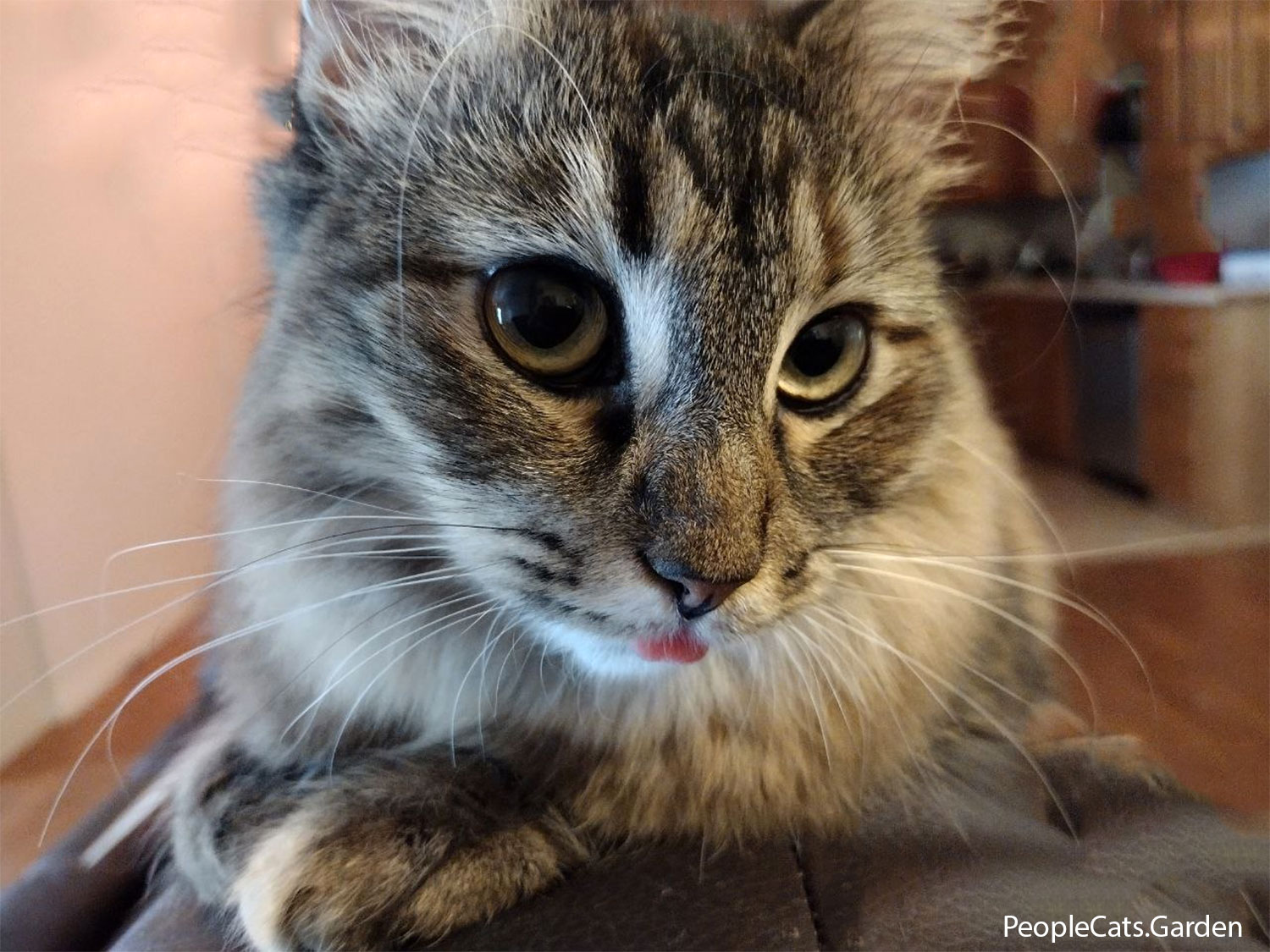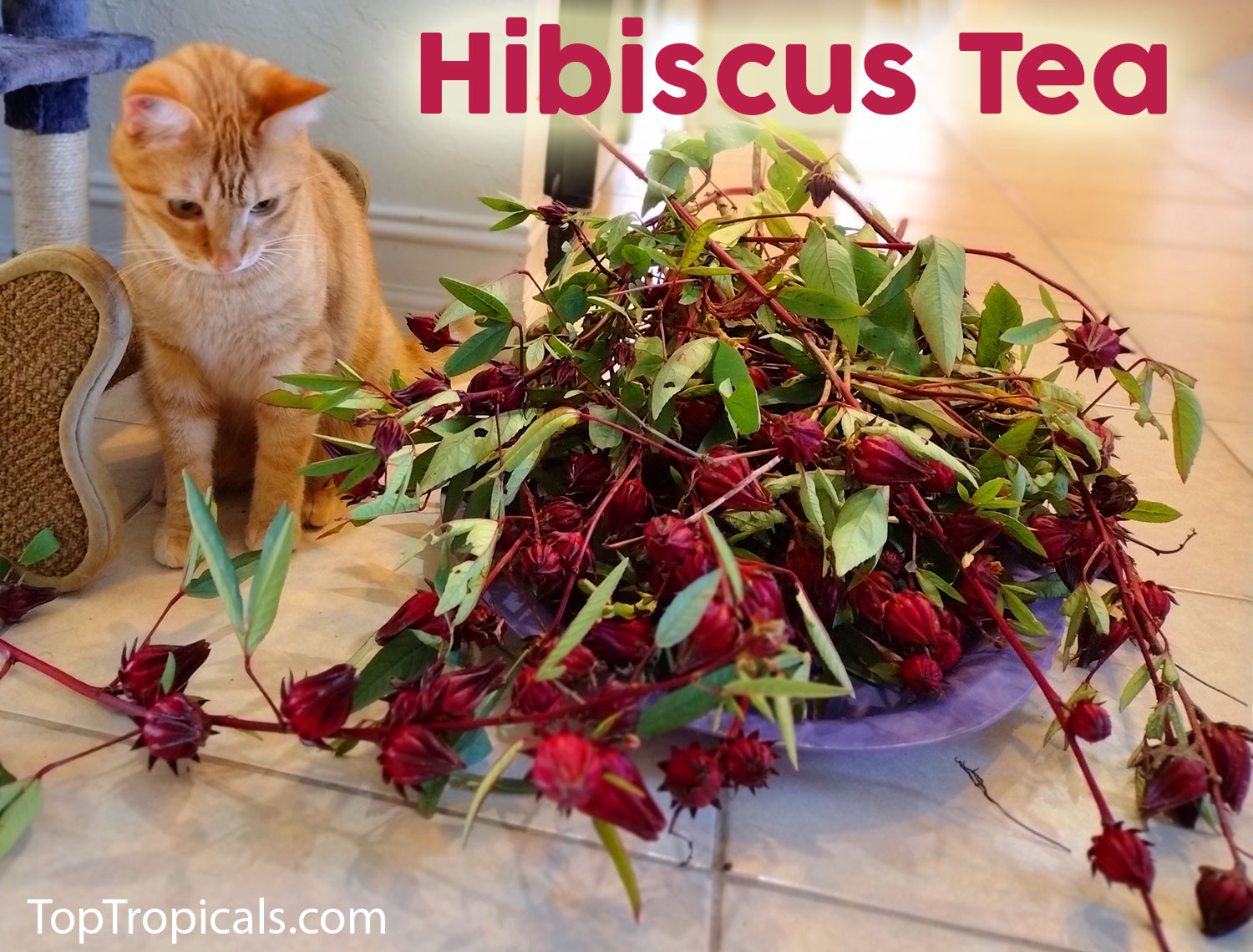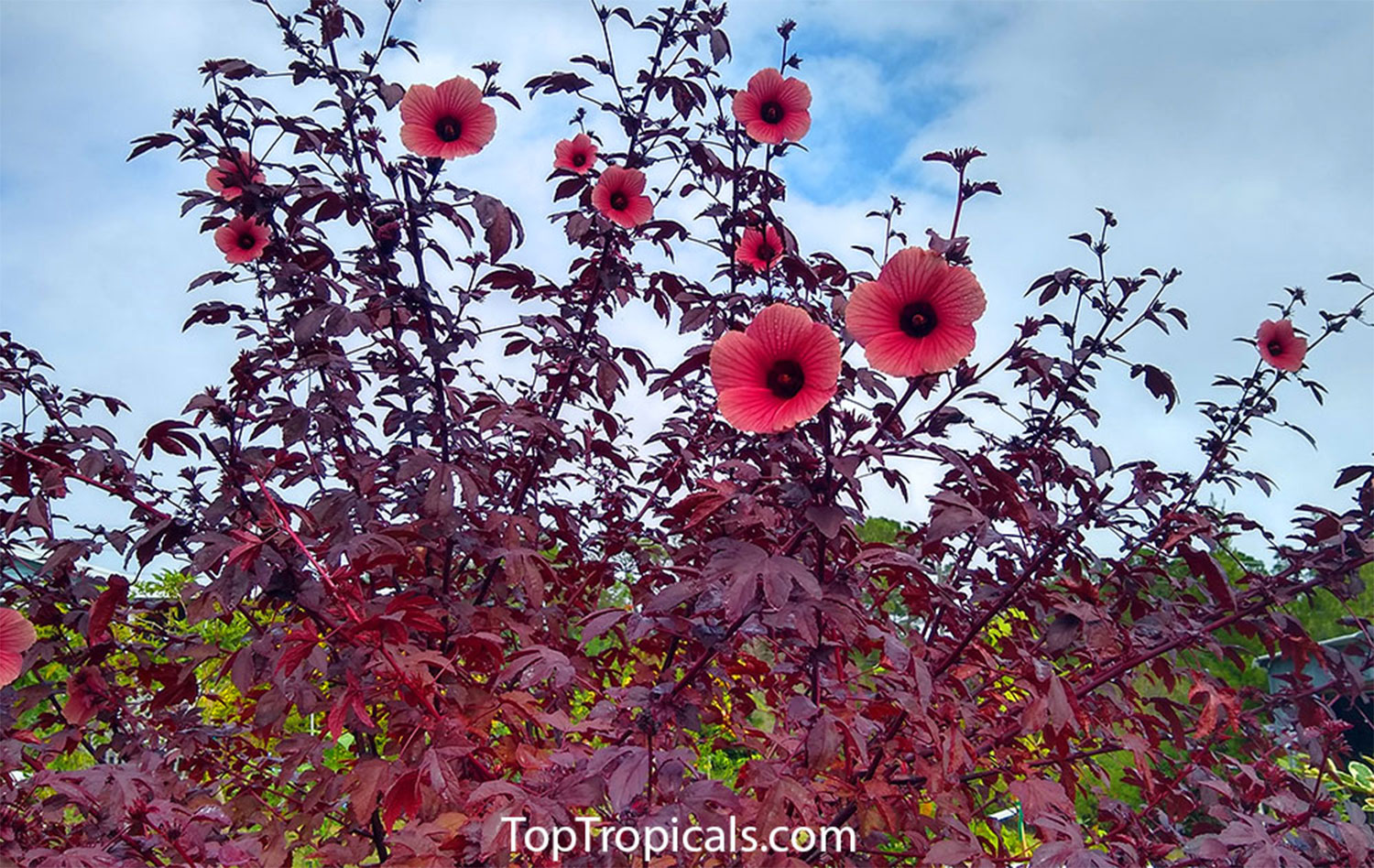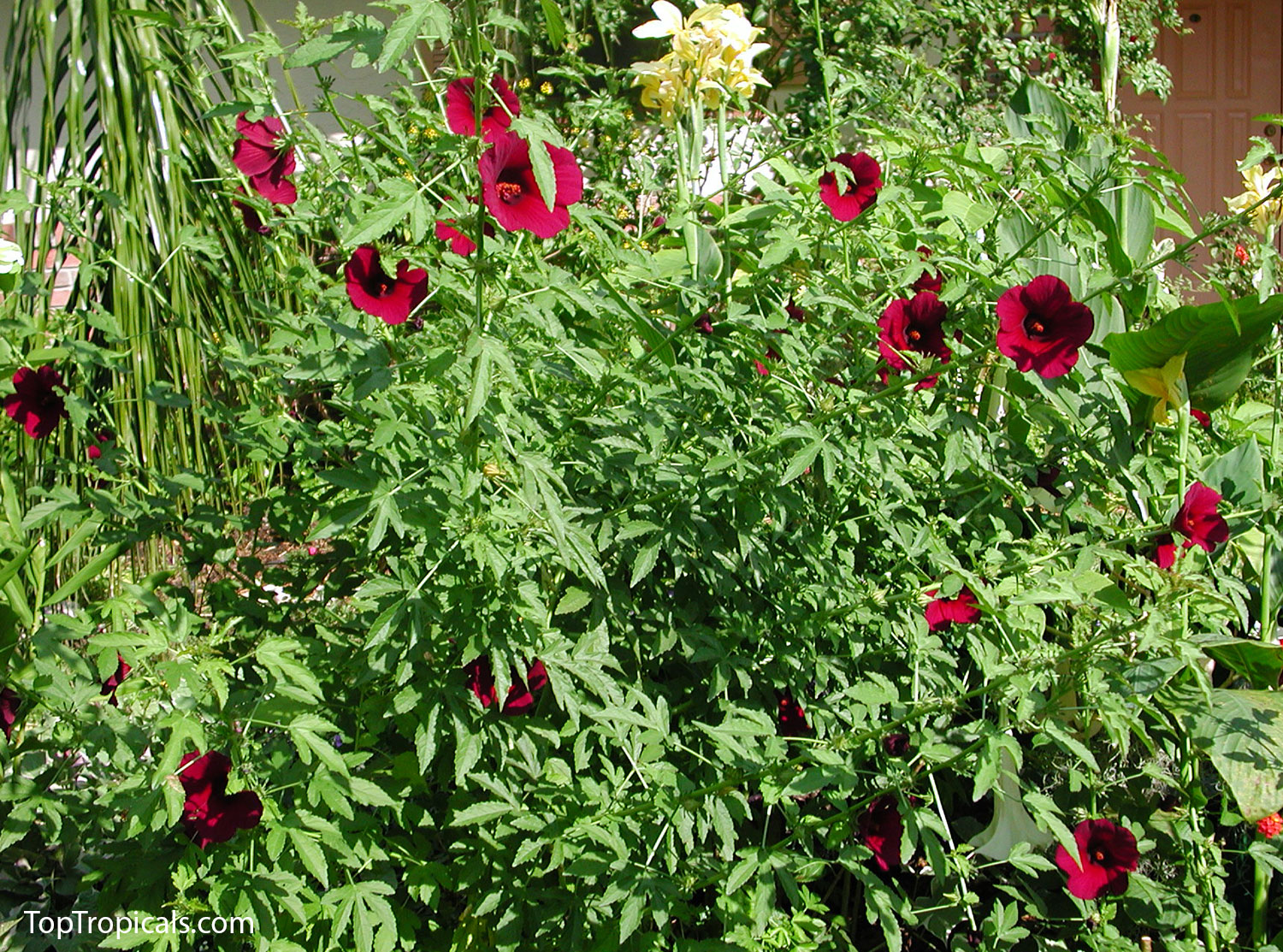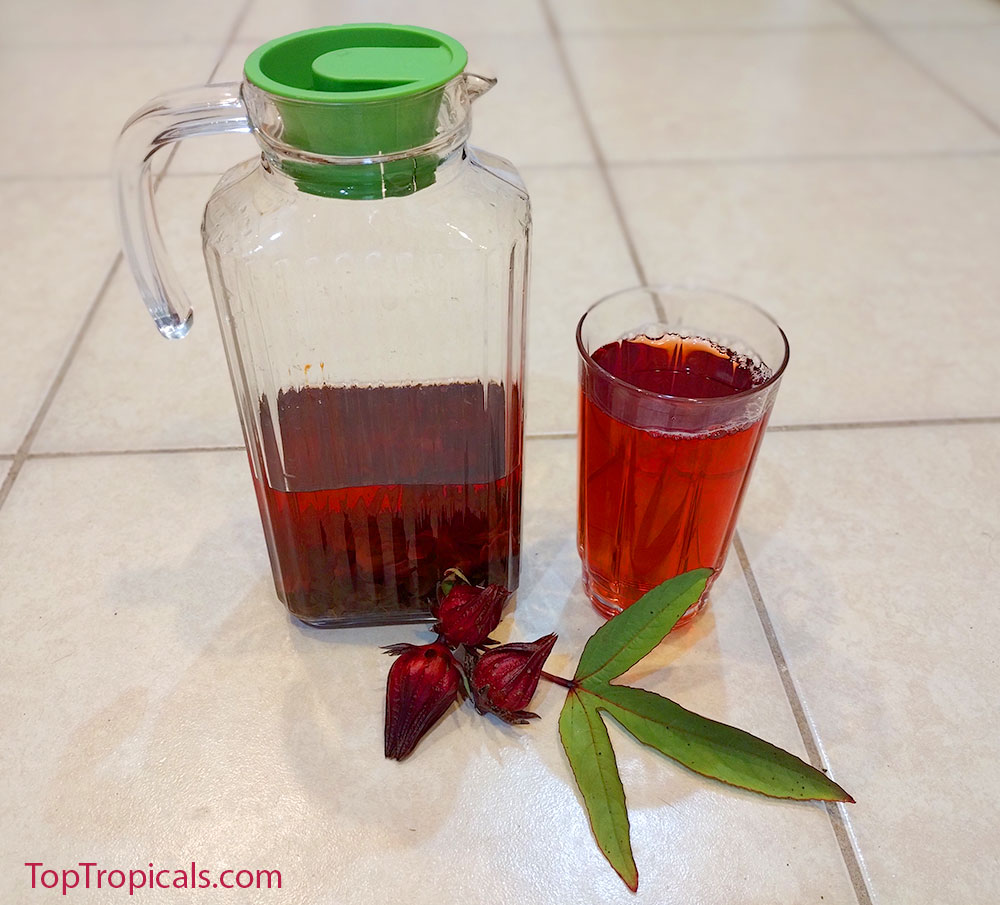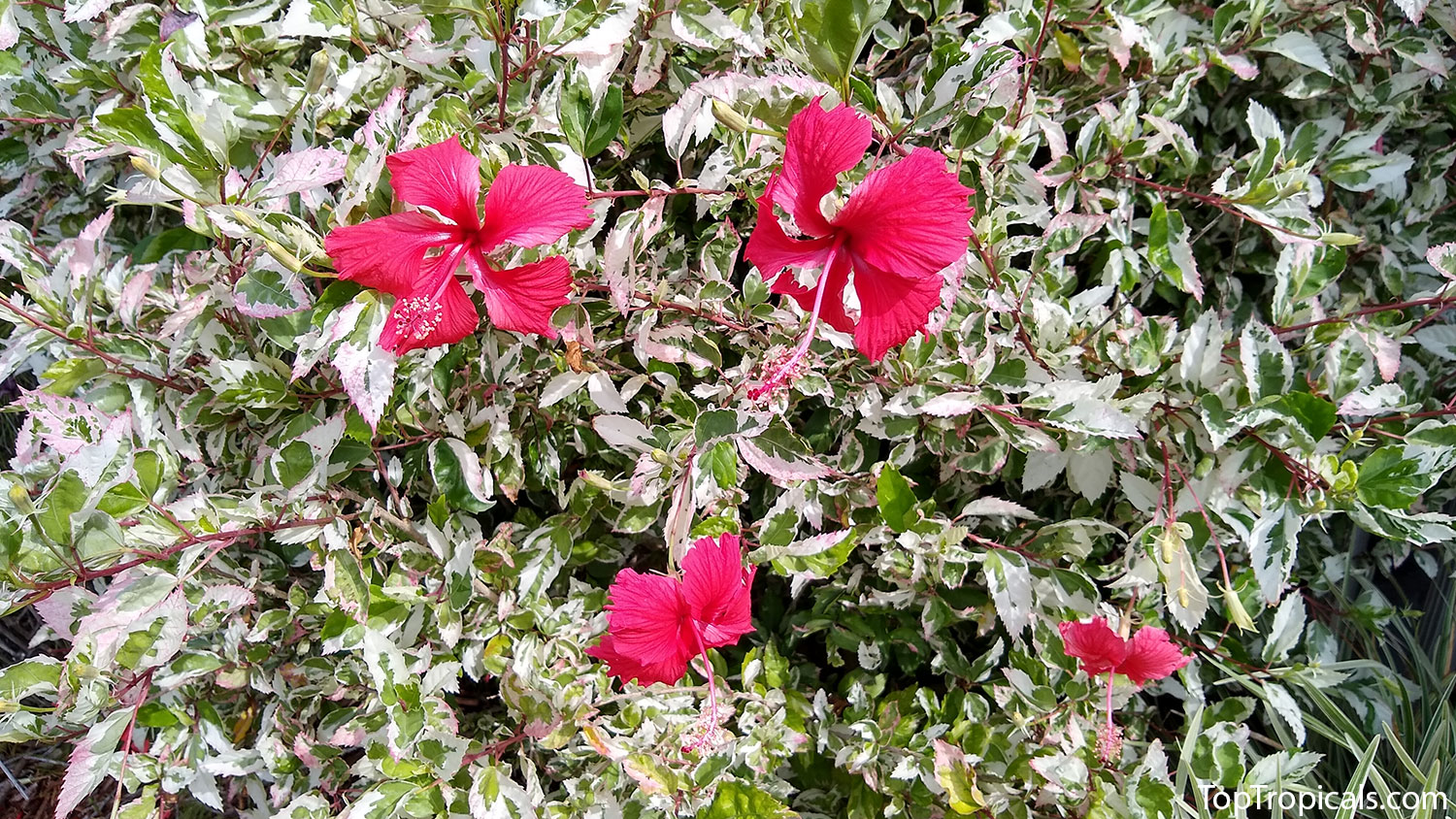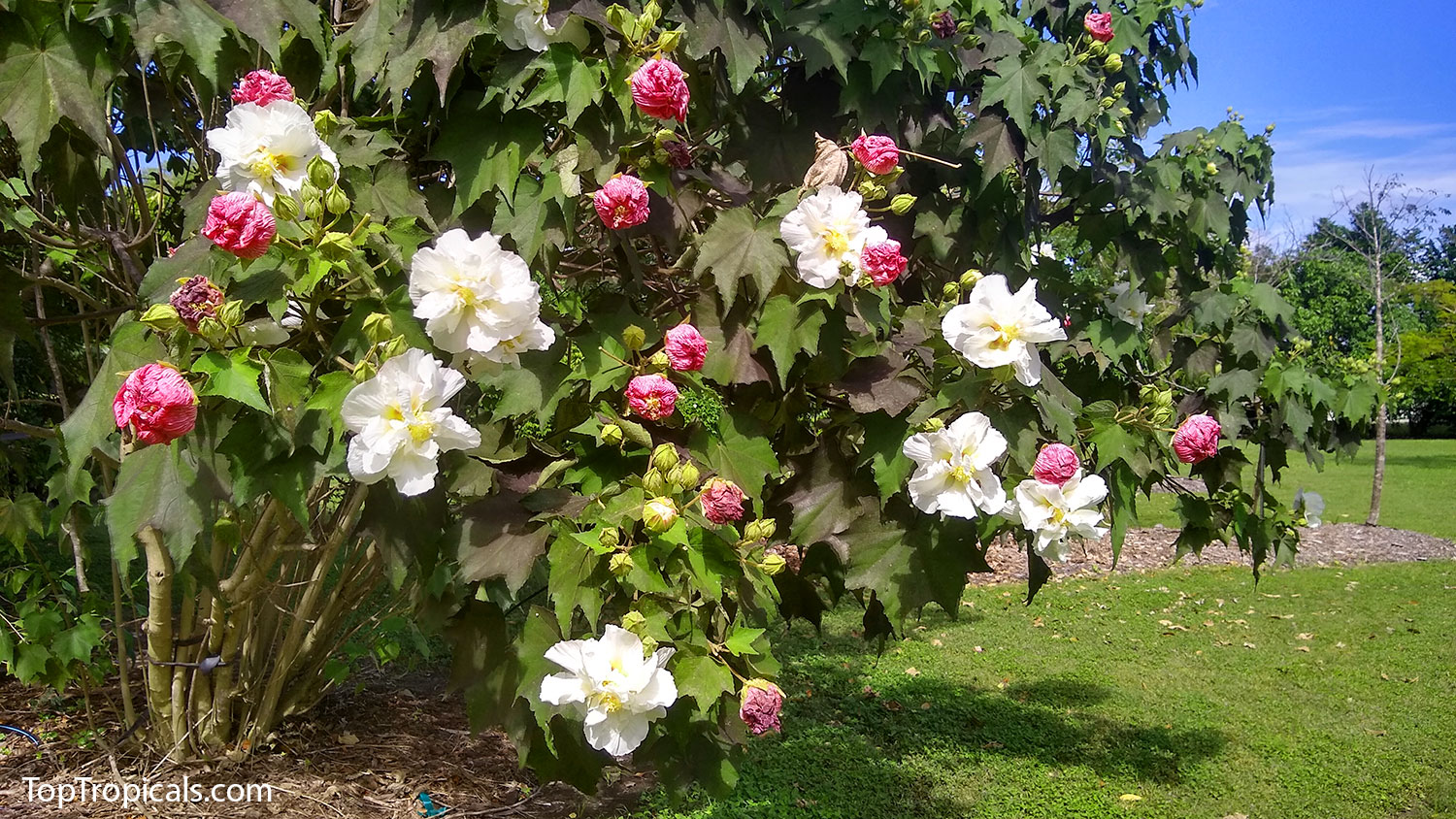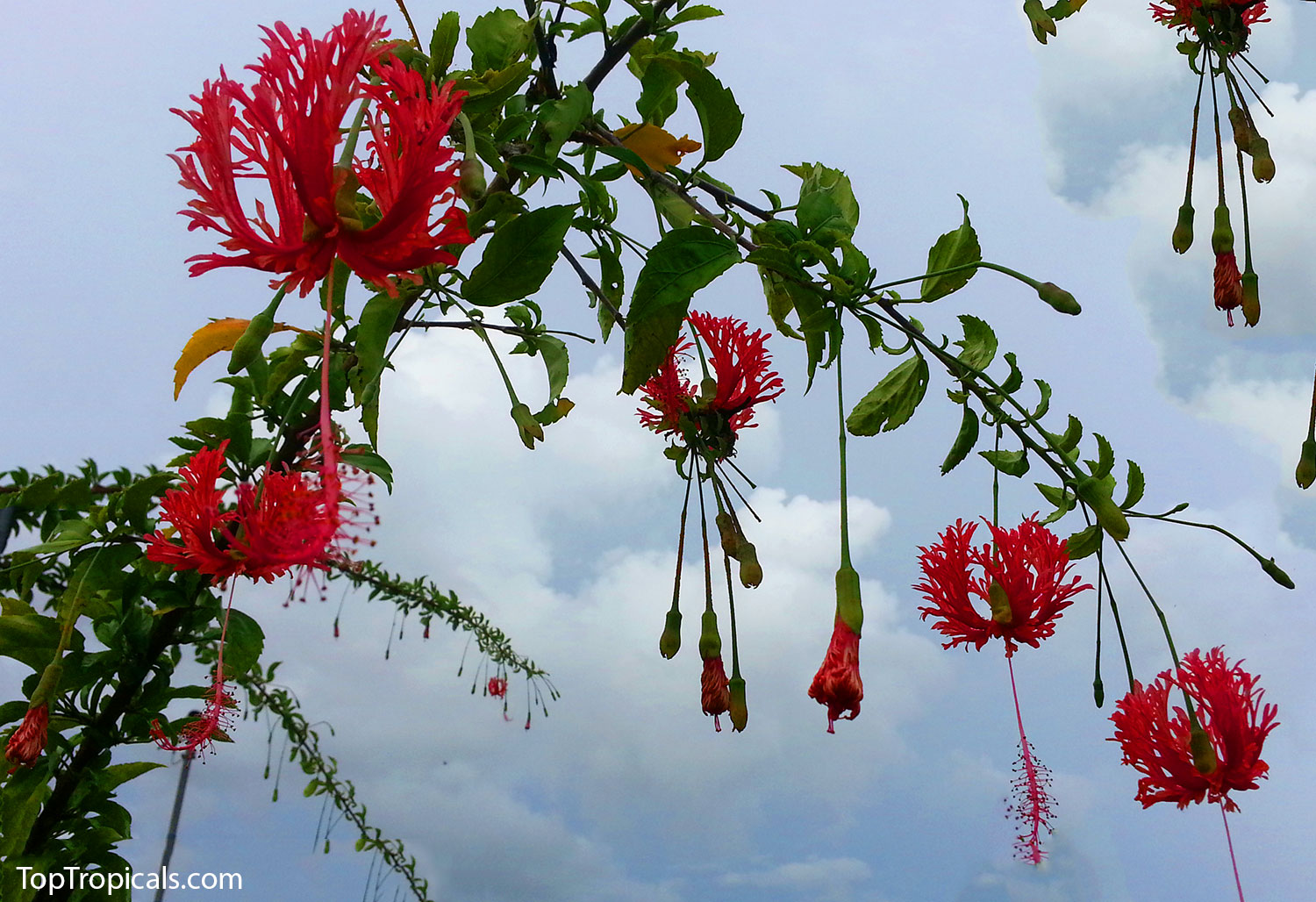A: The Barbados cherry, like other tropical cherry varieties, is exceptionally well-suited for
cultivation in containers.
Barbados cherry grows into a dense bush, demands minimal pruning, and
begins bearing fruit at a young age. Our plants, which are propagated from
cuttings, initiate the flowering and fruiting process in the very same year. They
produce fruit almost year around. This year we've had three big crops:
April, July and October (still fruiting now!) besides sporadic fruiting throughout
the warm season.
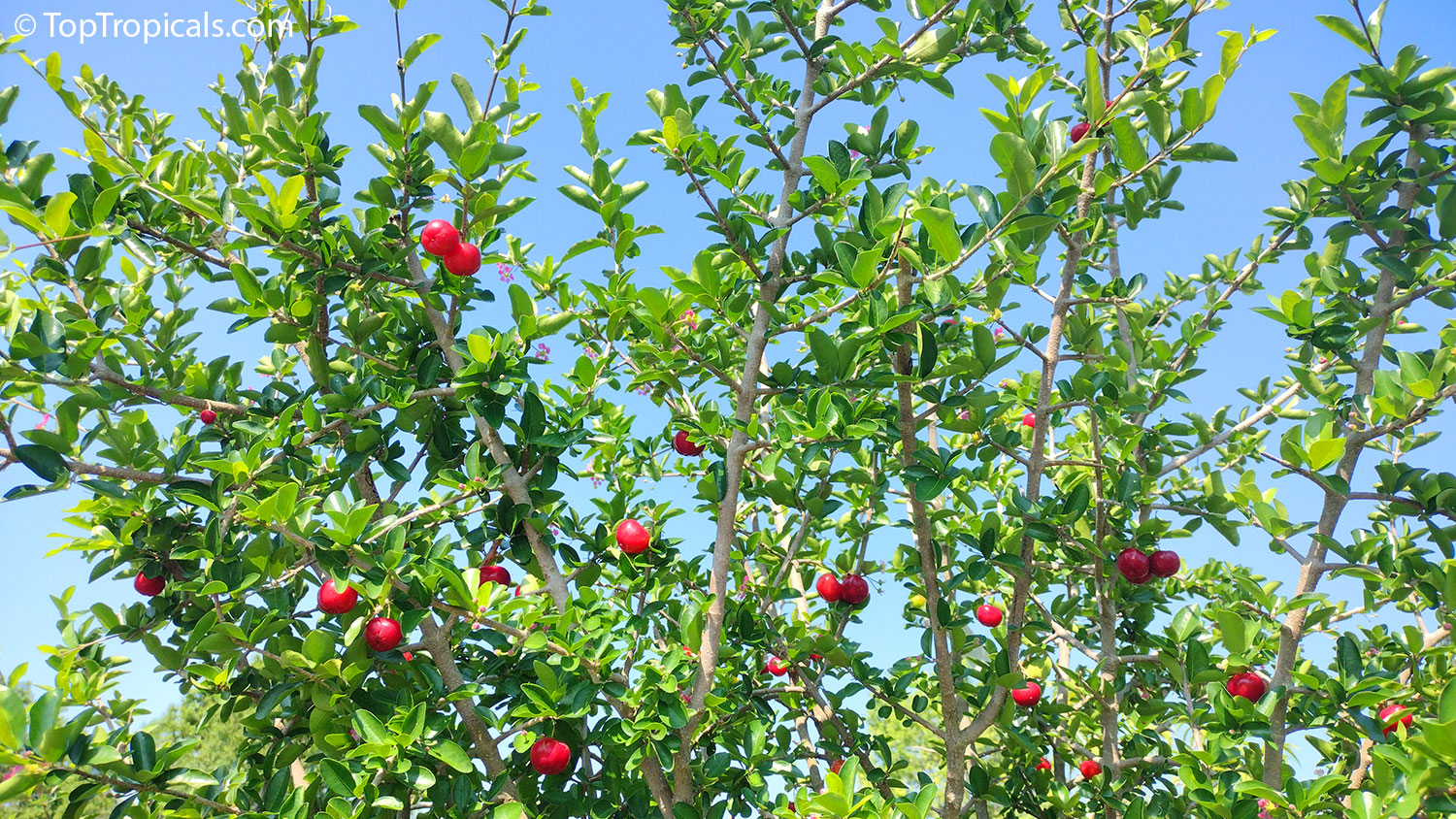
You can cultivate Barbados cherry in a pot, commencing with a 1-3 gallon
container and gradually increasing the size each year. Below is a photo of a
fully developed tree in the ground, for reference. This tree is approaching
its third year of growth. When grown in a container, it maintains a more
compact size, with the largest container needed likely being between 7 to 15
gallons. Regular pruning can be employed to keep it smaller.
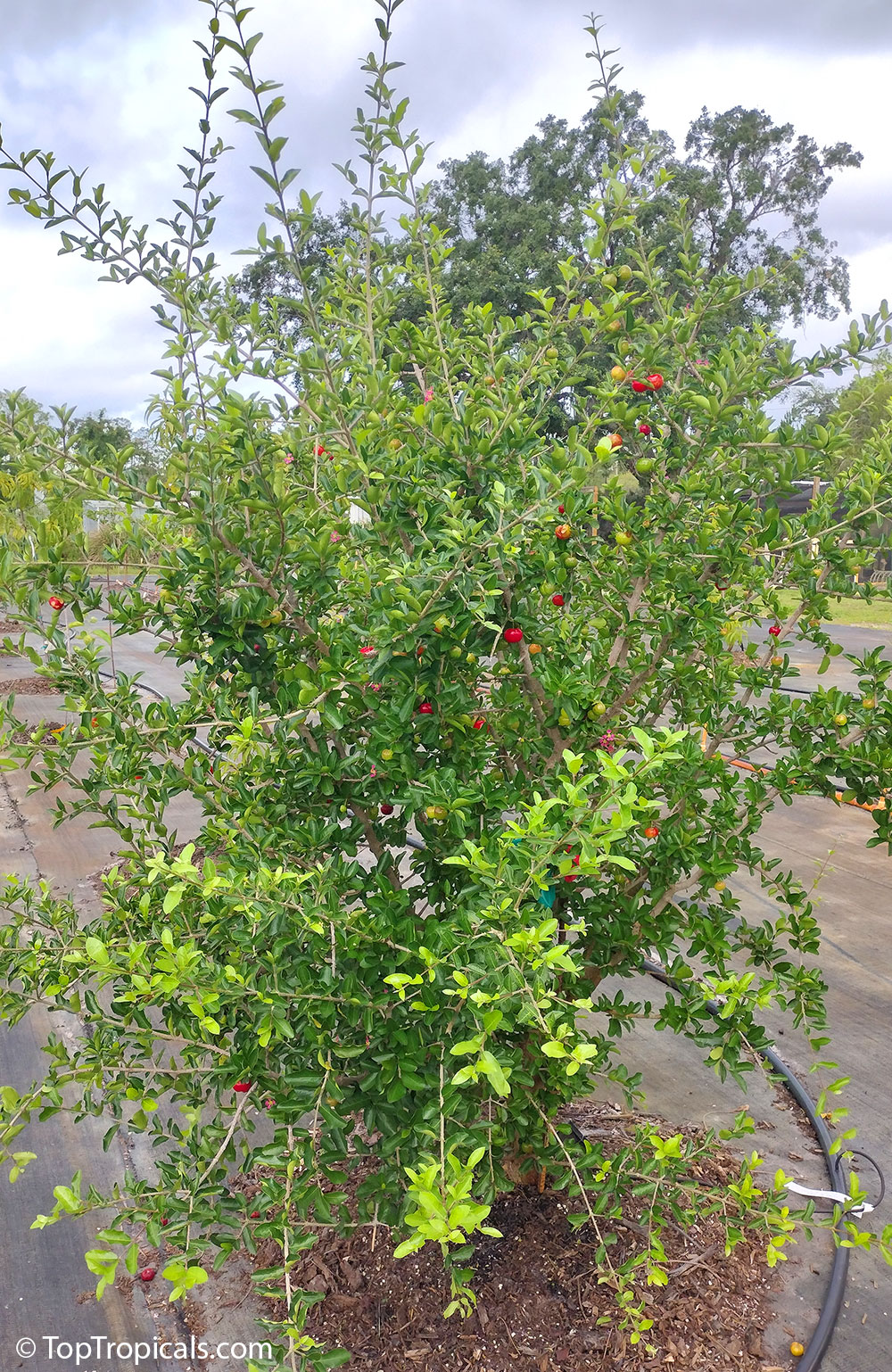
Photo above: Barbados Cherry bush in the ground
Barbados cherry (Malpighia) possesses a distinct growth pattern that
sets it apart from other tropical cherry varieties - Eugenias. Malpighia's branches can assume peculiar shapes, even at
angles of up to 90 degrees. Therefore, pruning to achieve the desired shape is
advantageous.
Additionally, you may want to explore the Dwarf Barbados cherry, a miniature cherry variety ideal for container
cultivation, with cascading growth habit. Although its fruits are slightly
smaller than those of the regular variety, they are notably sweeter.
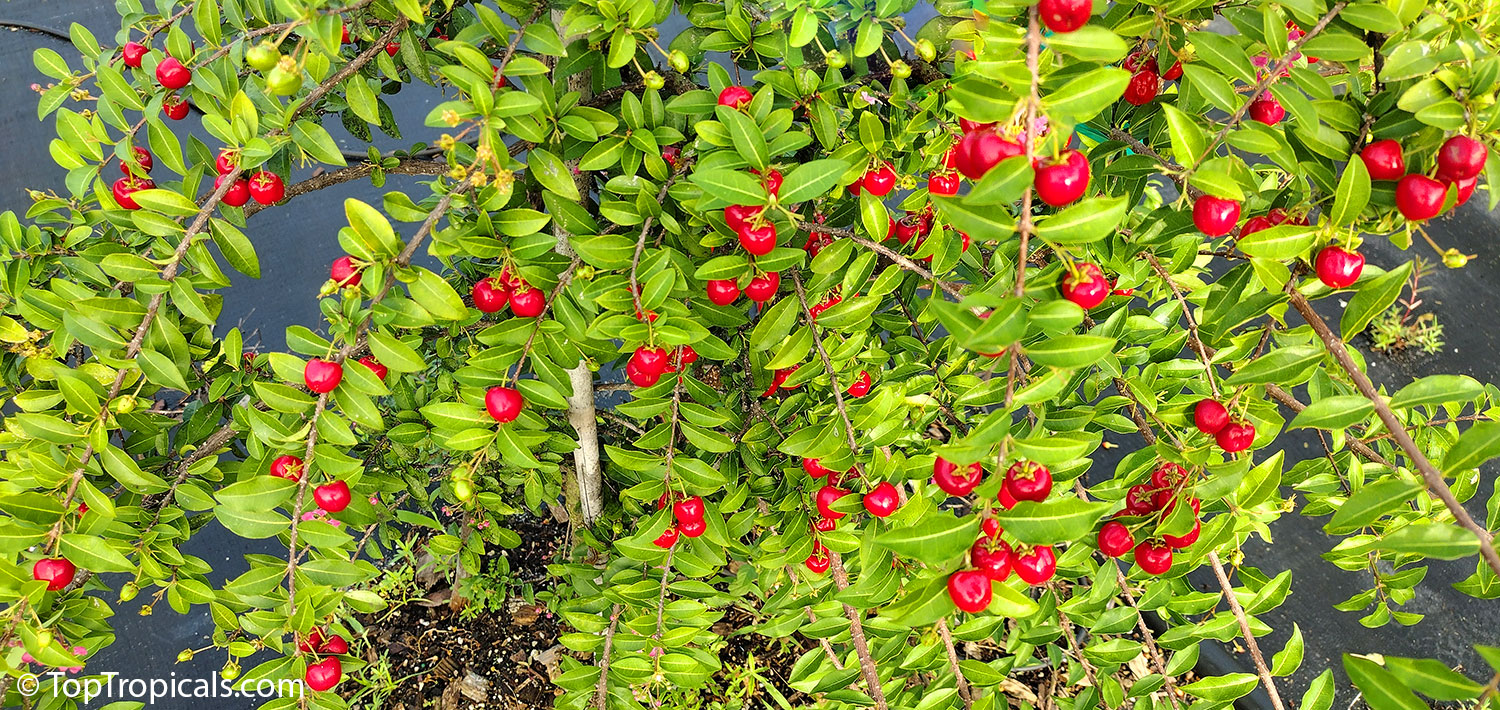
Photo above: Dwarf Barbados Cherry fruit
When it comes to ensuring the health and vitality of your potted
Barbados cherry plants, maintaining a consistent nutrient supply is crucial.
Implementing a regular fertilization regimen is essential to promote robust growth,
consistent flowering, and bountiful fruit production. For optimal results, we
recommend using Sunshine Boosters, which are specially formulated to enhance
the development of fruits and edibles. These boosters are derived from
organic amino acids, making them environmentally friendly and safe for year-round
use. By incorporating Sunshine Boosters C-Cibus into your plant care routine, you can ensure
that your container-grown Barbados cherry plants receive the essential
nutrients they need to thrive and flourish.
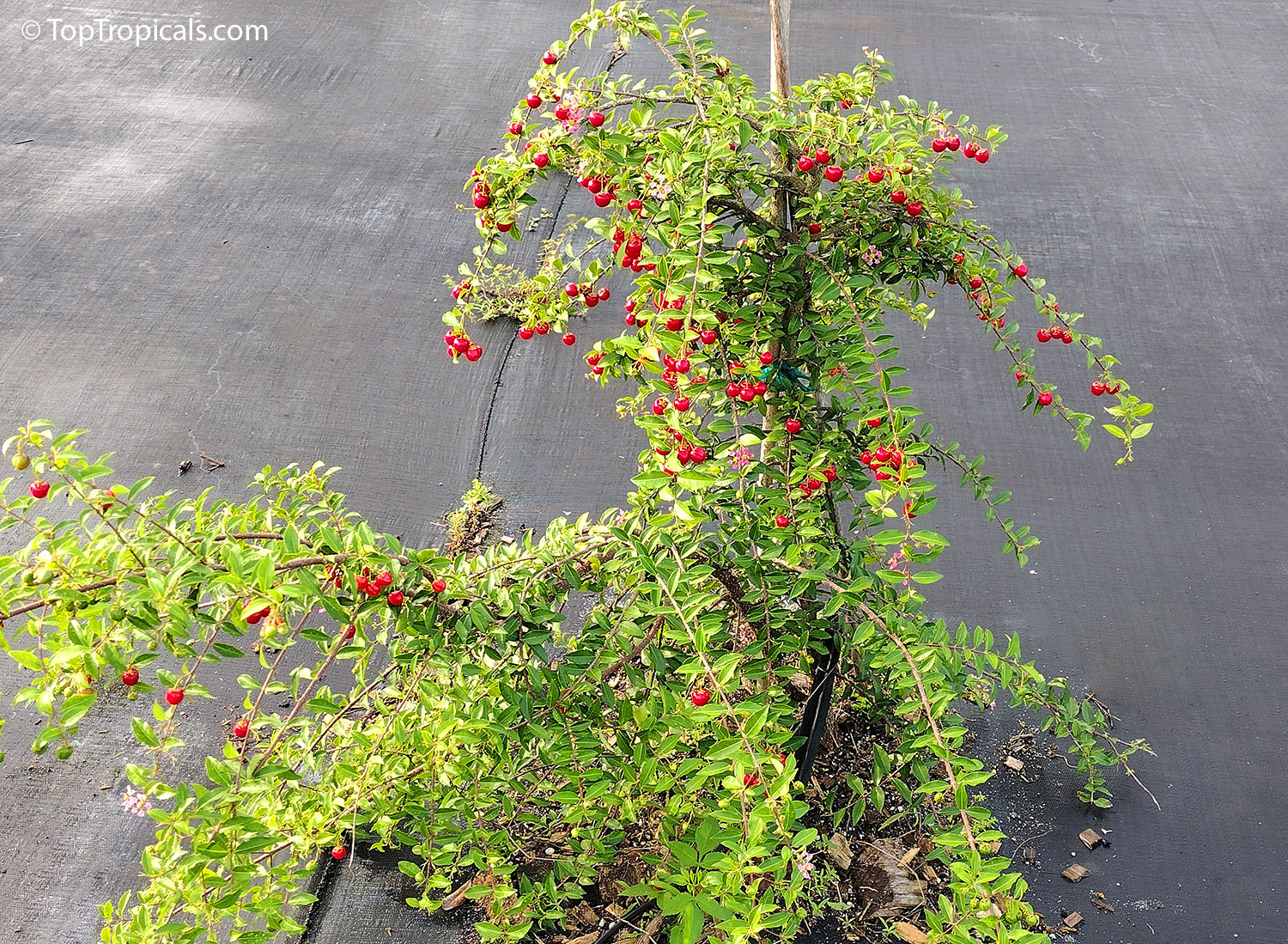
Photo above: Dwarf Barbados Cherry in the ground

